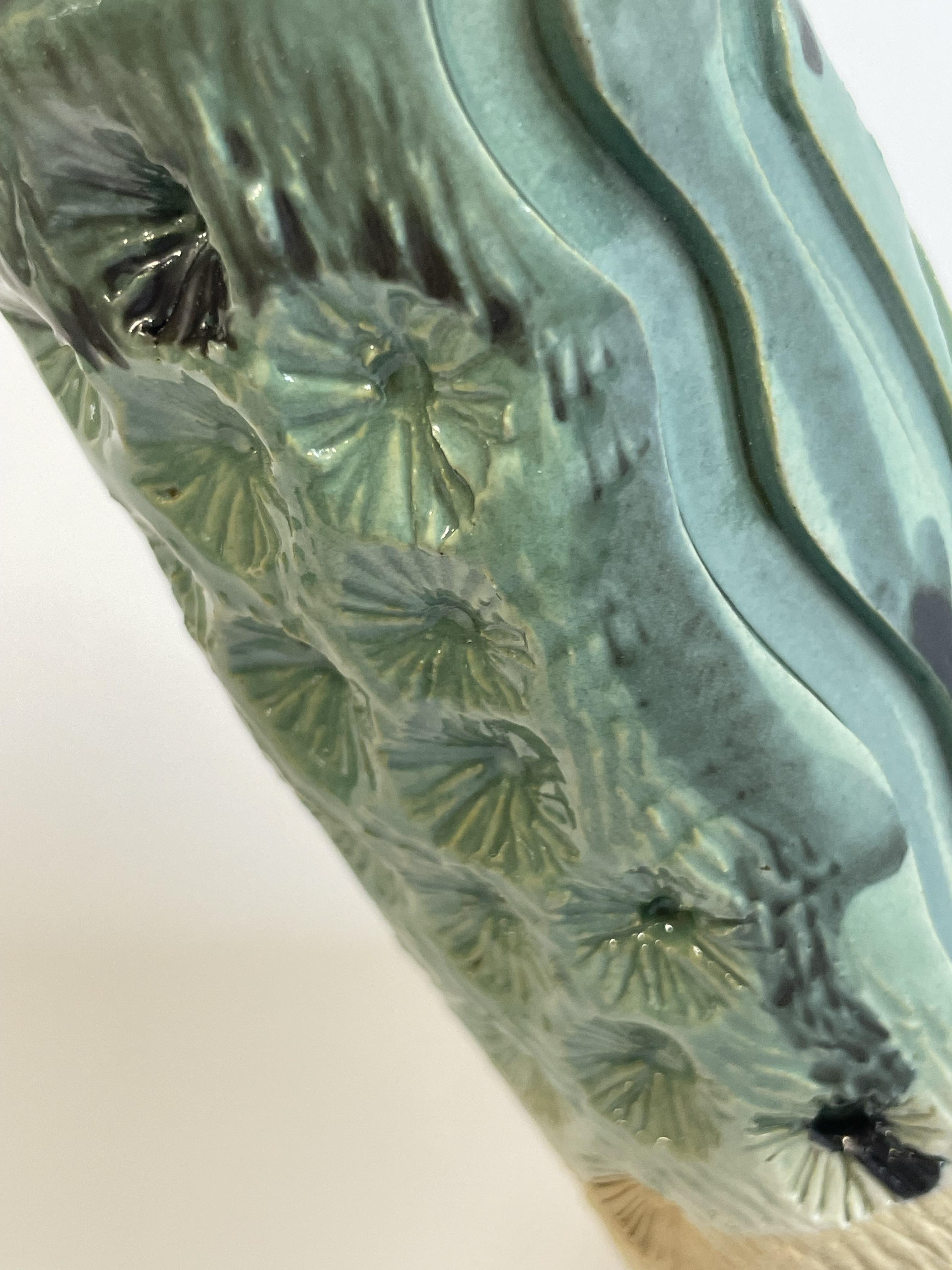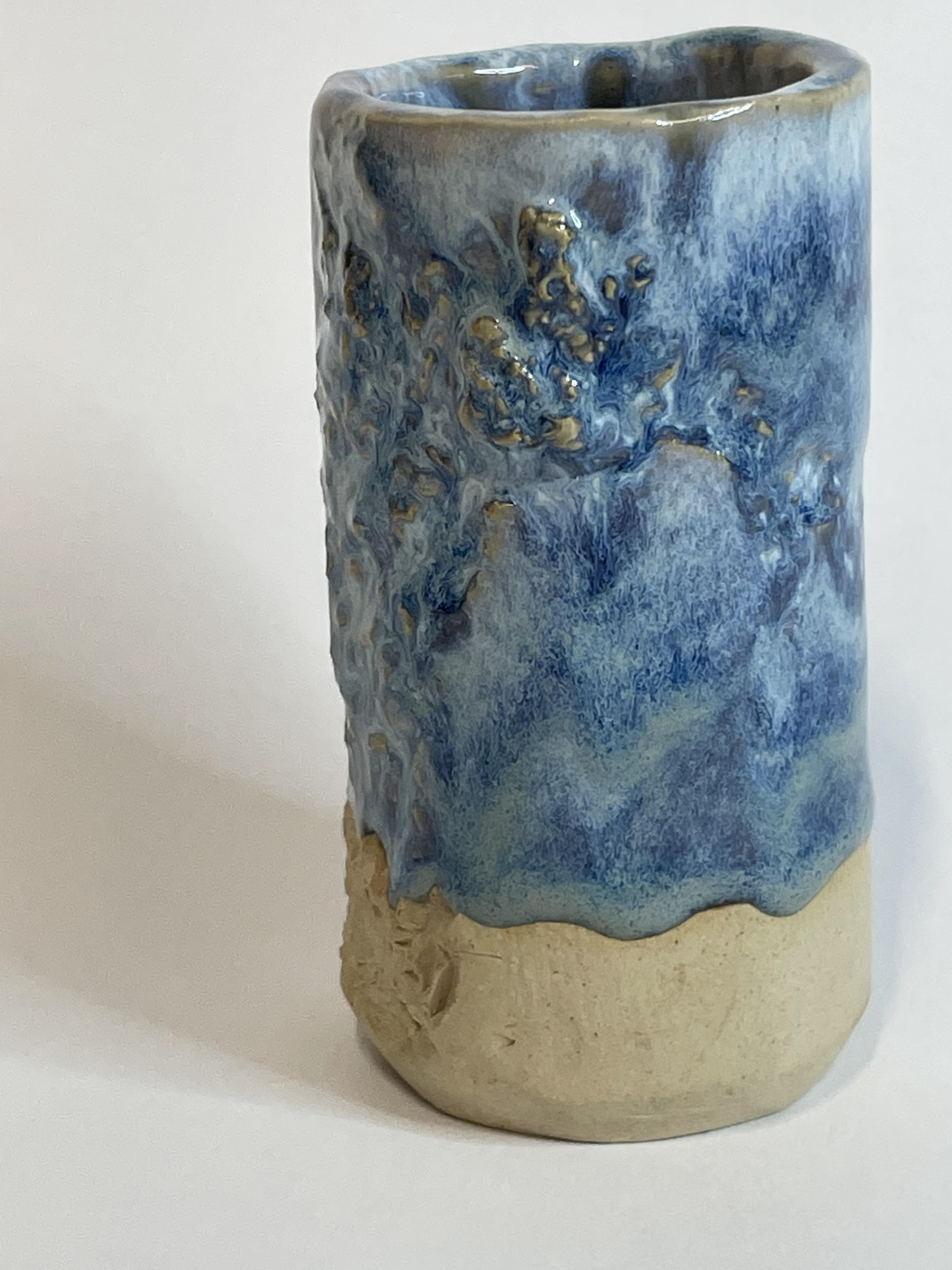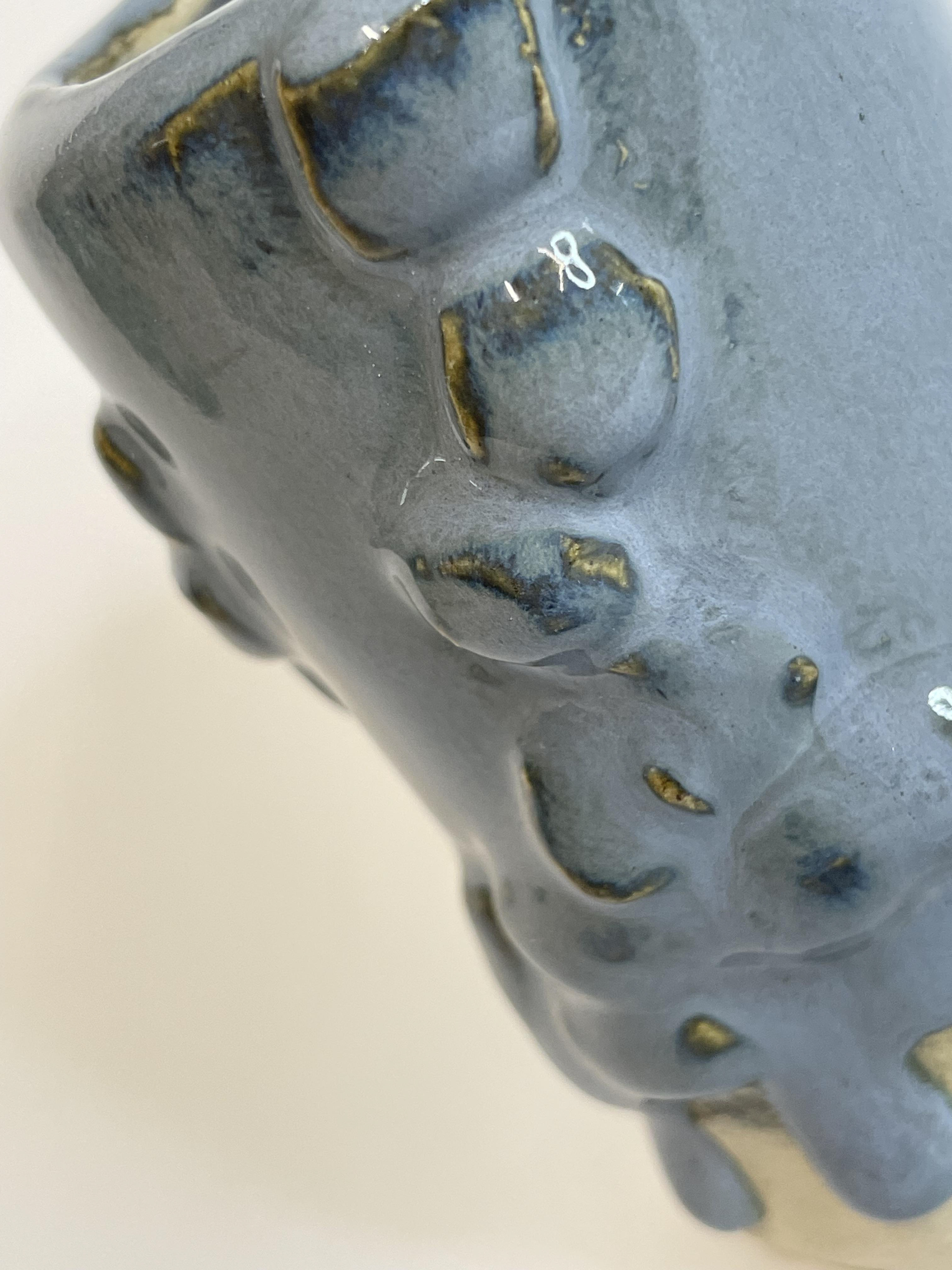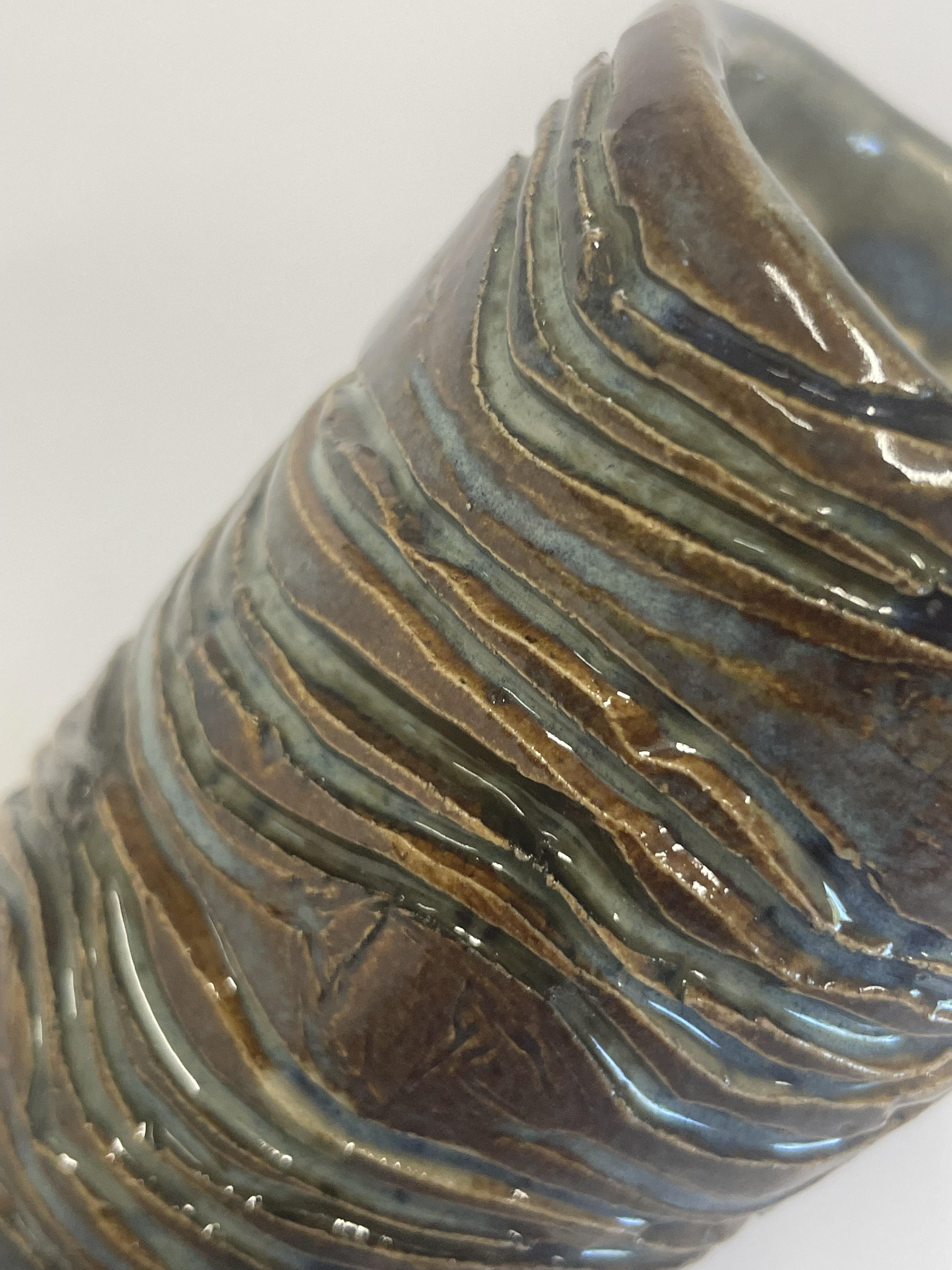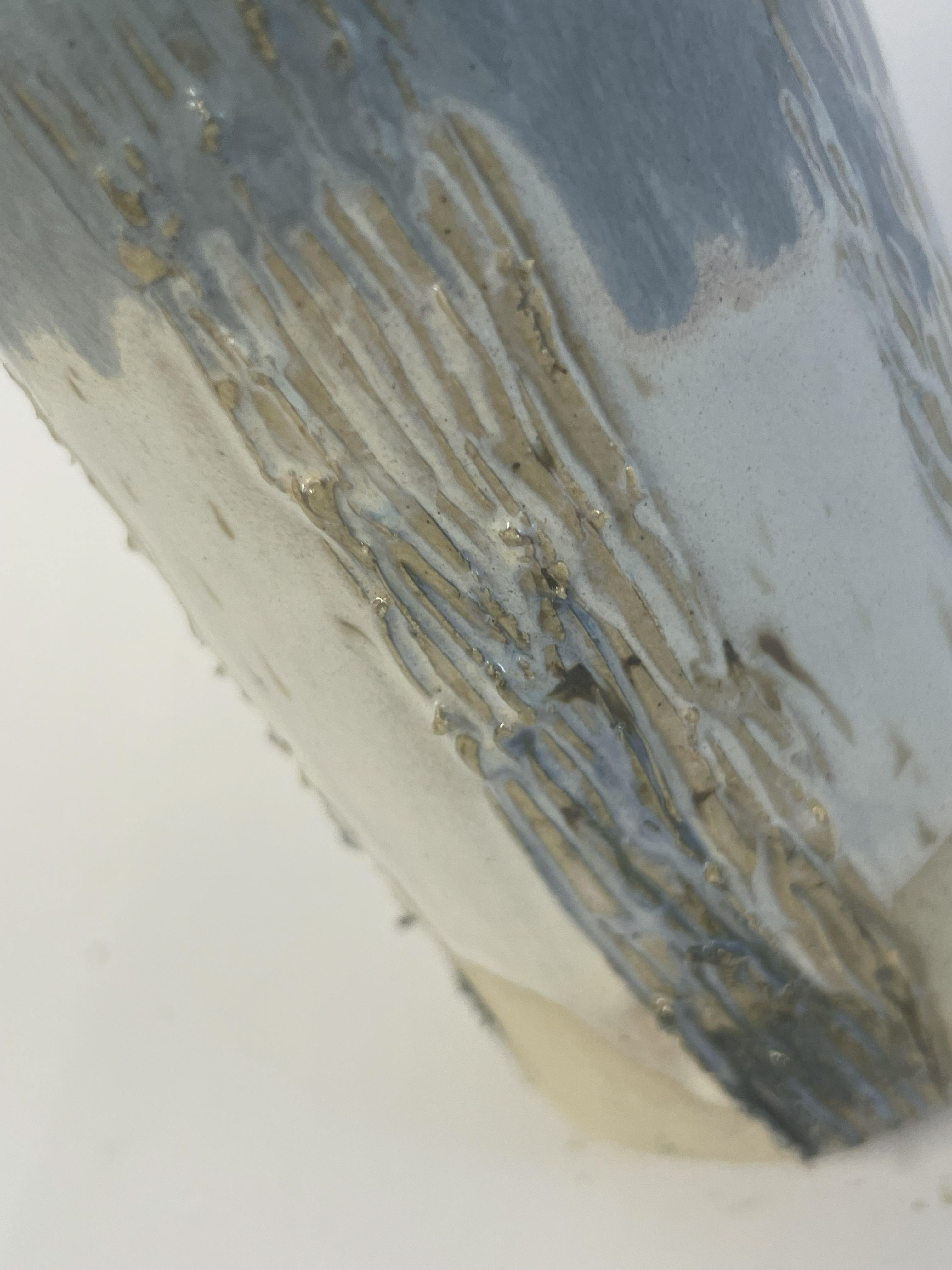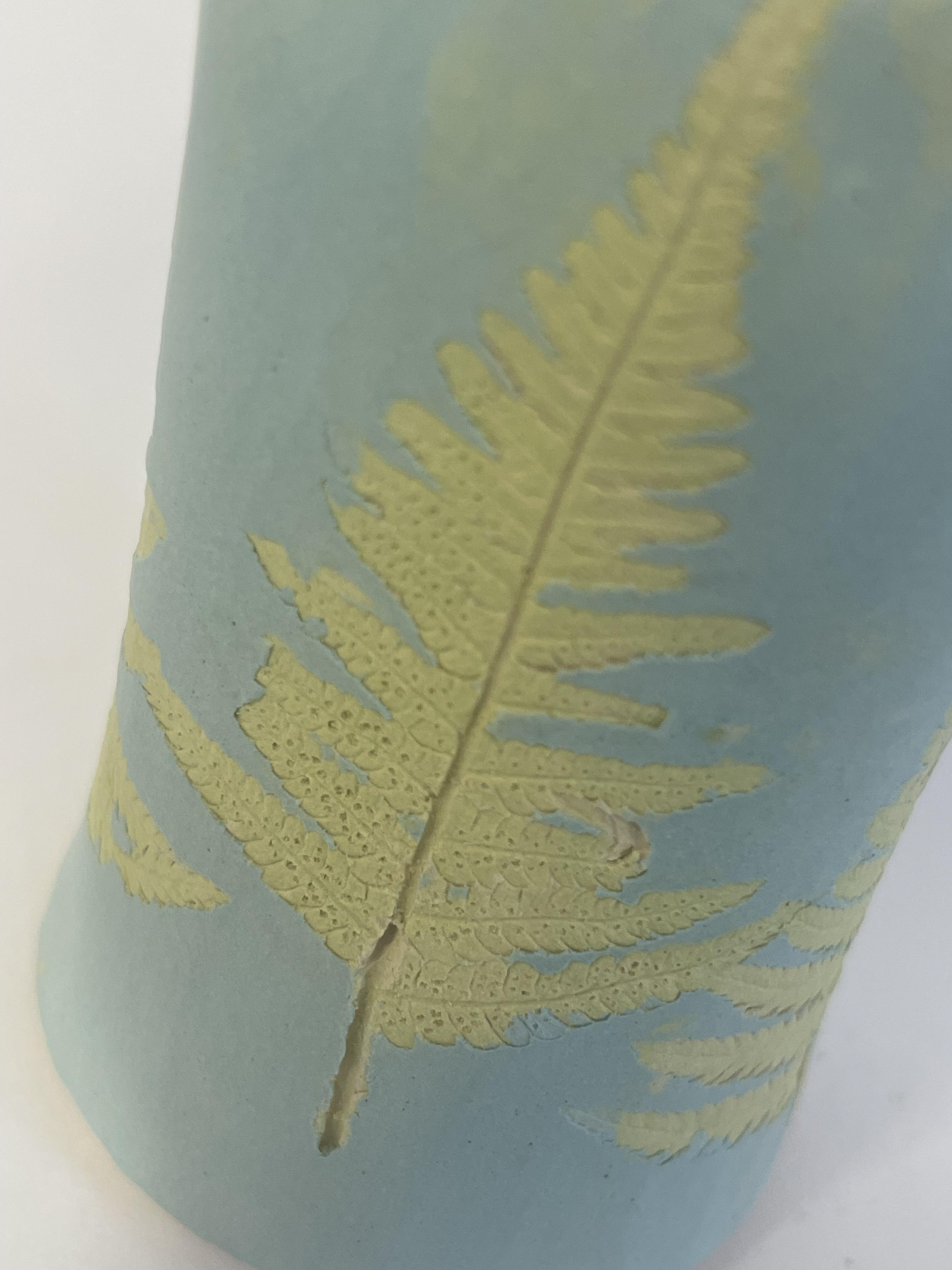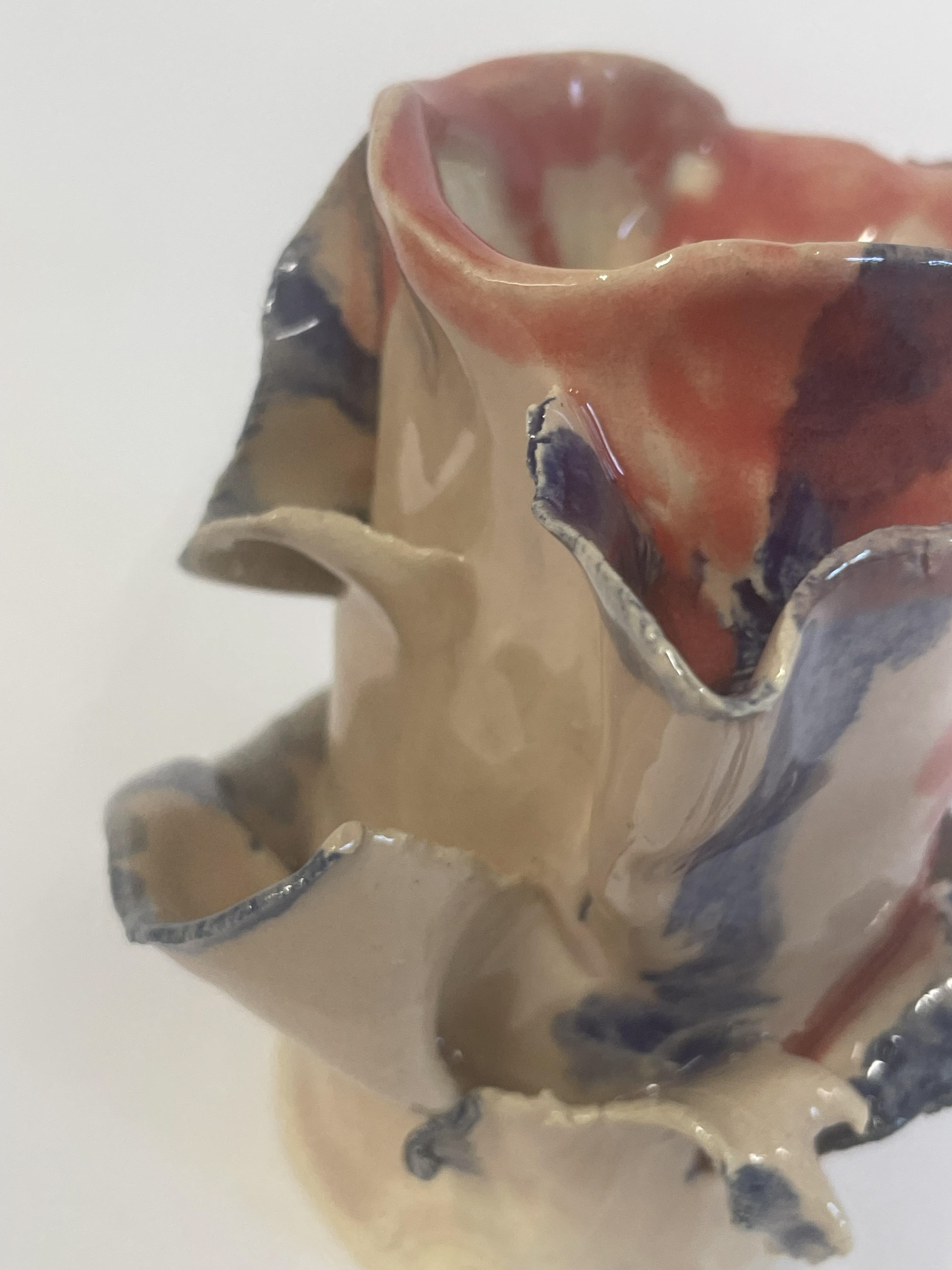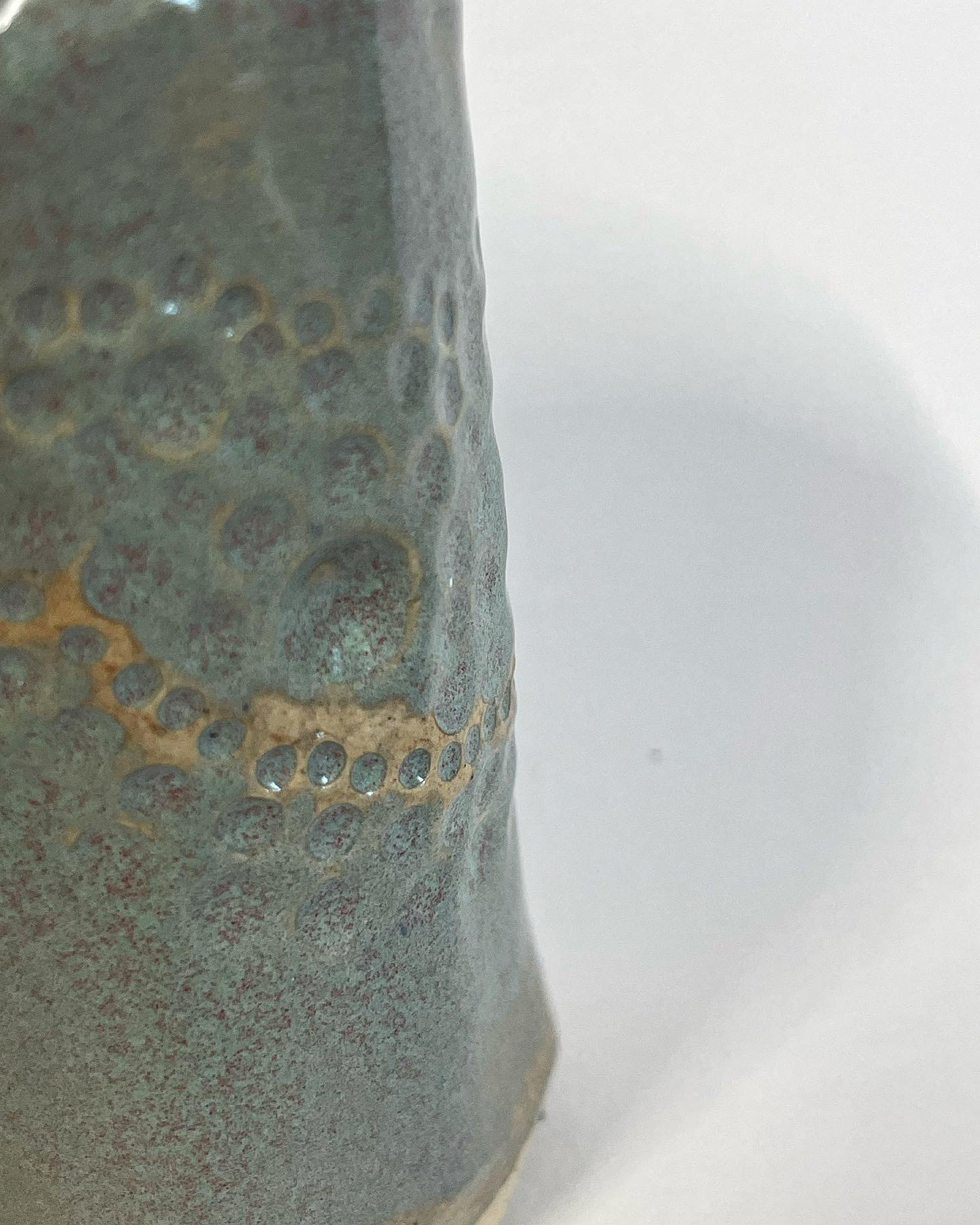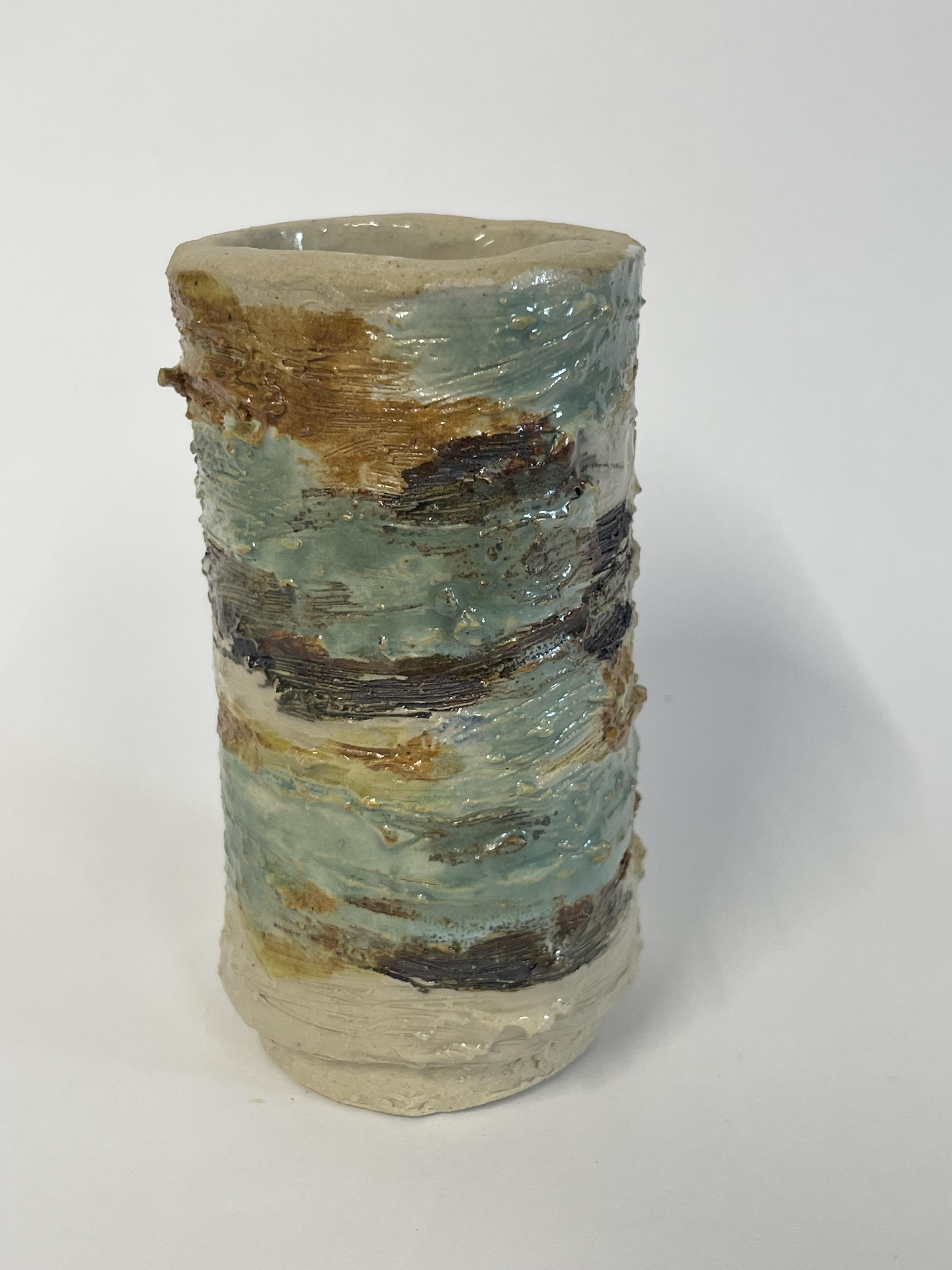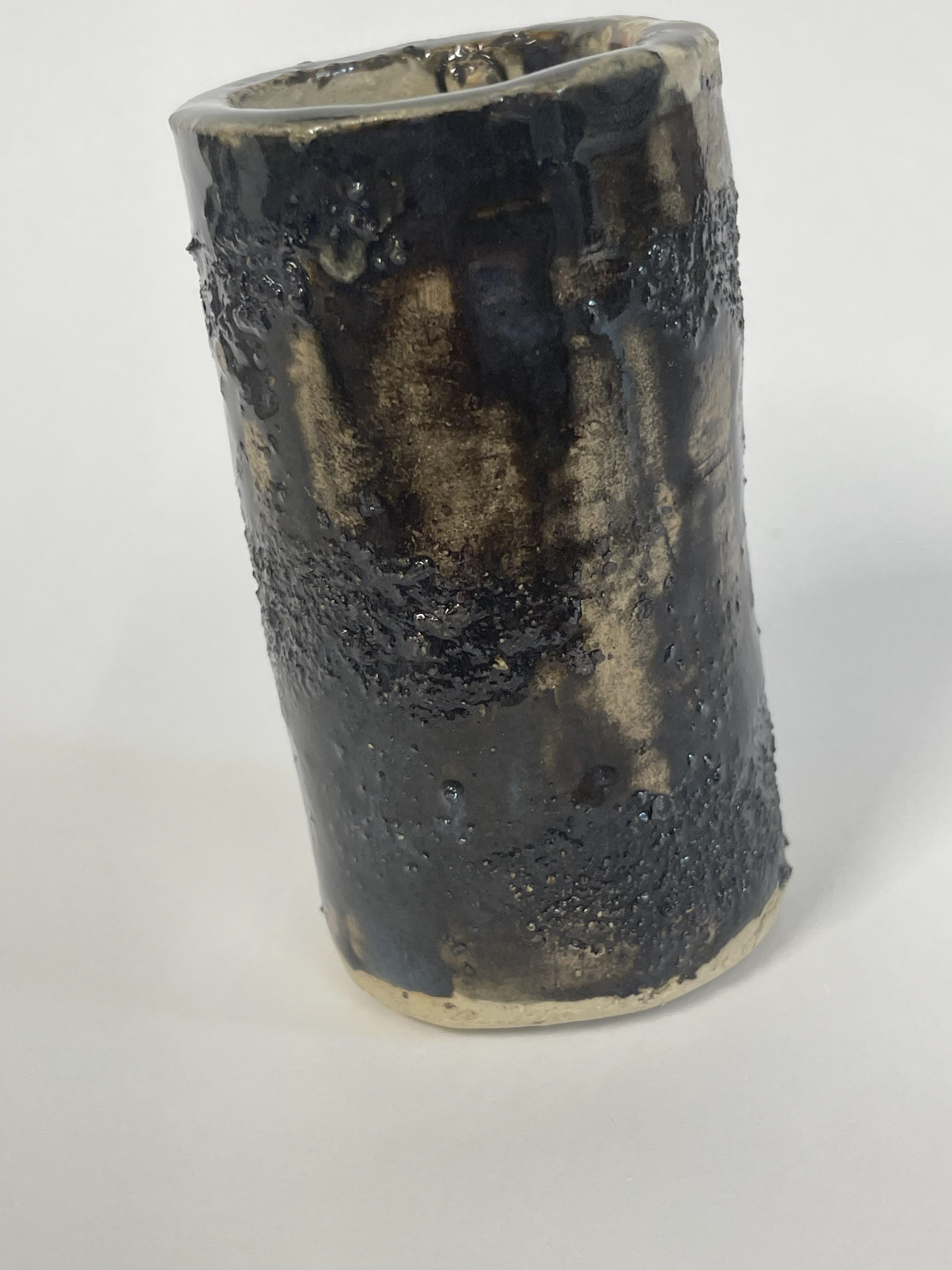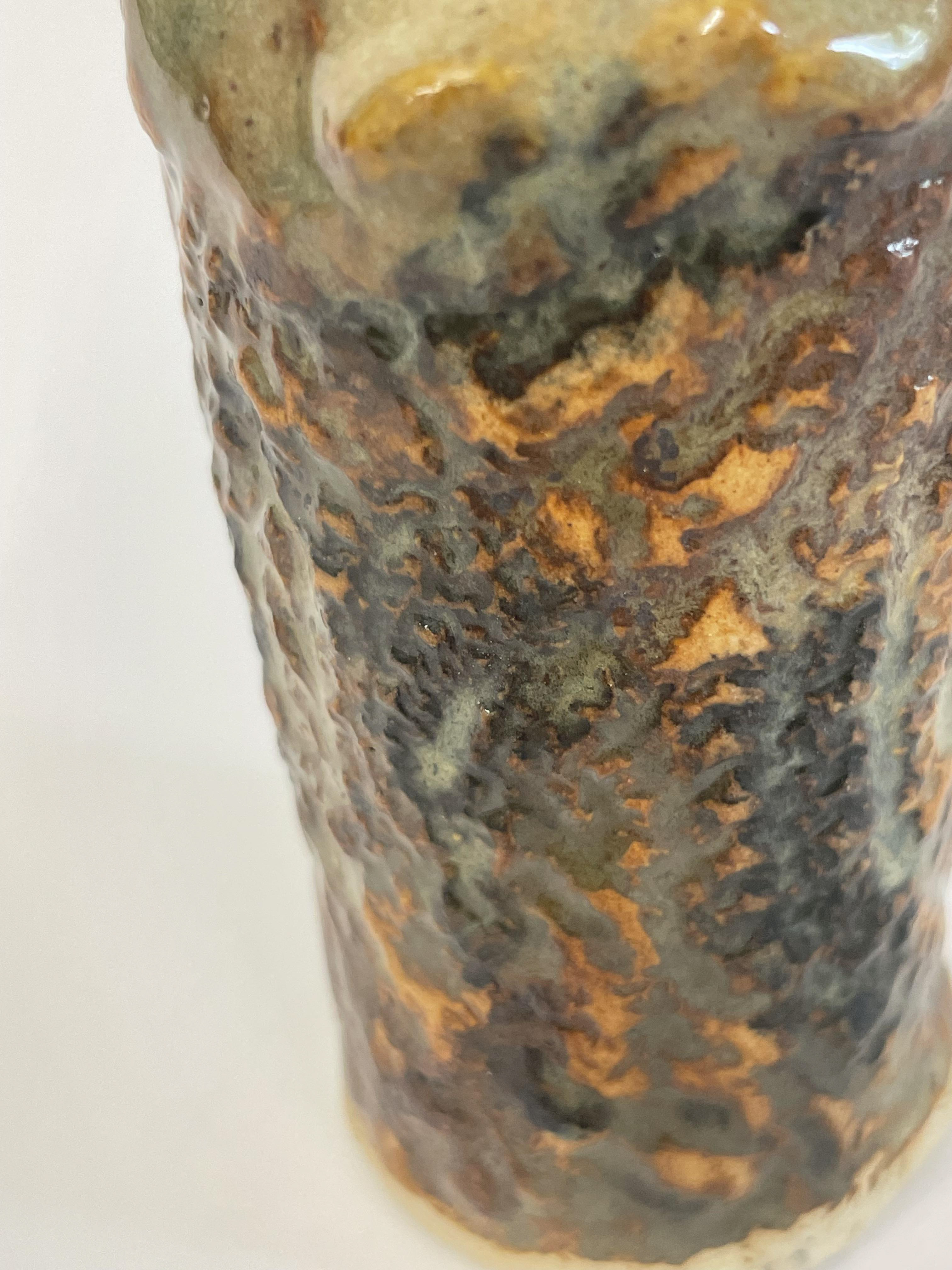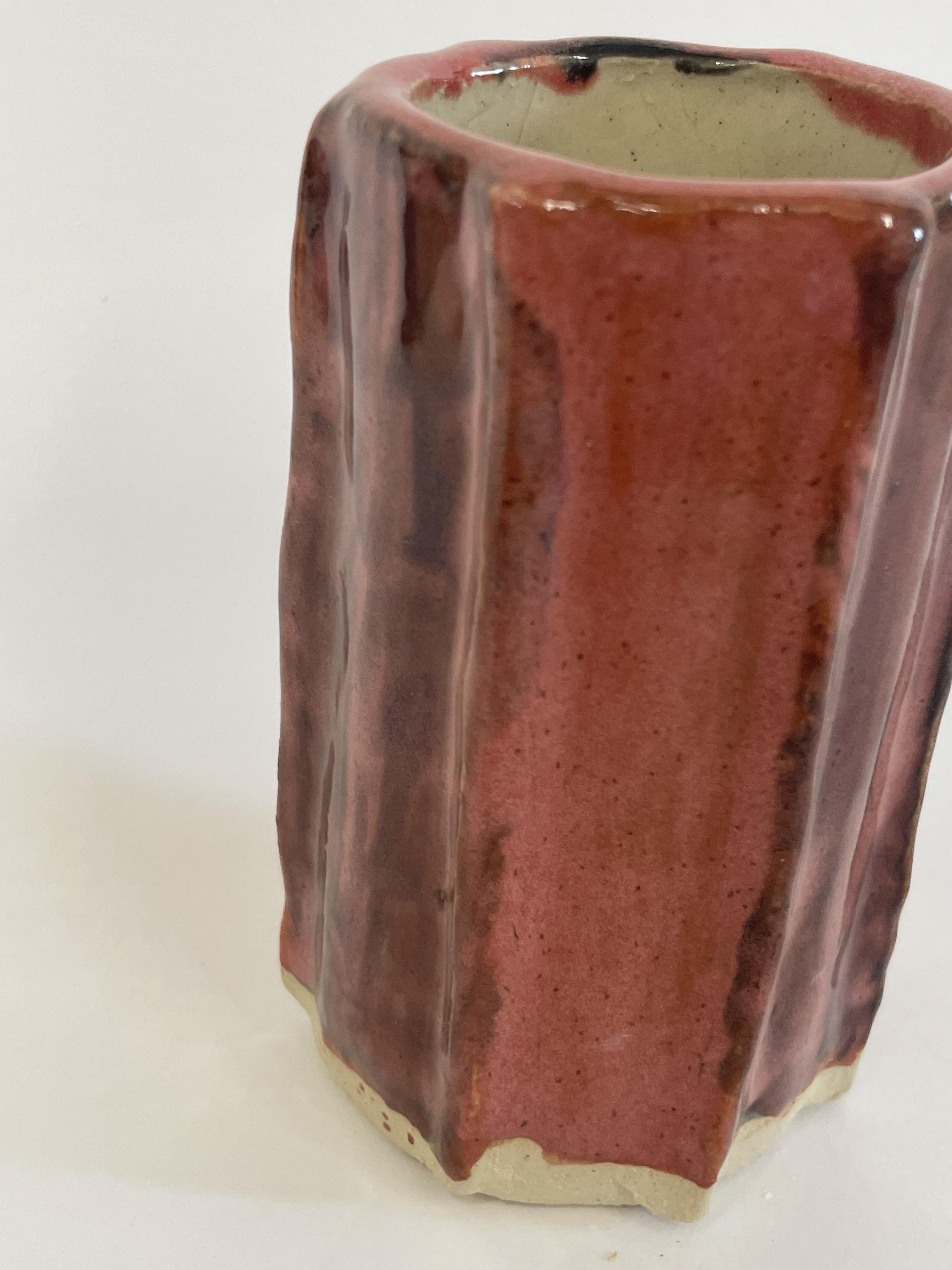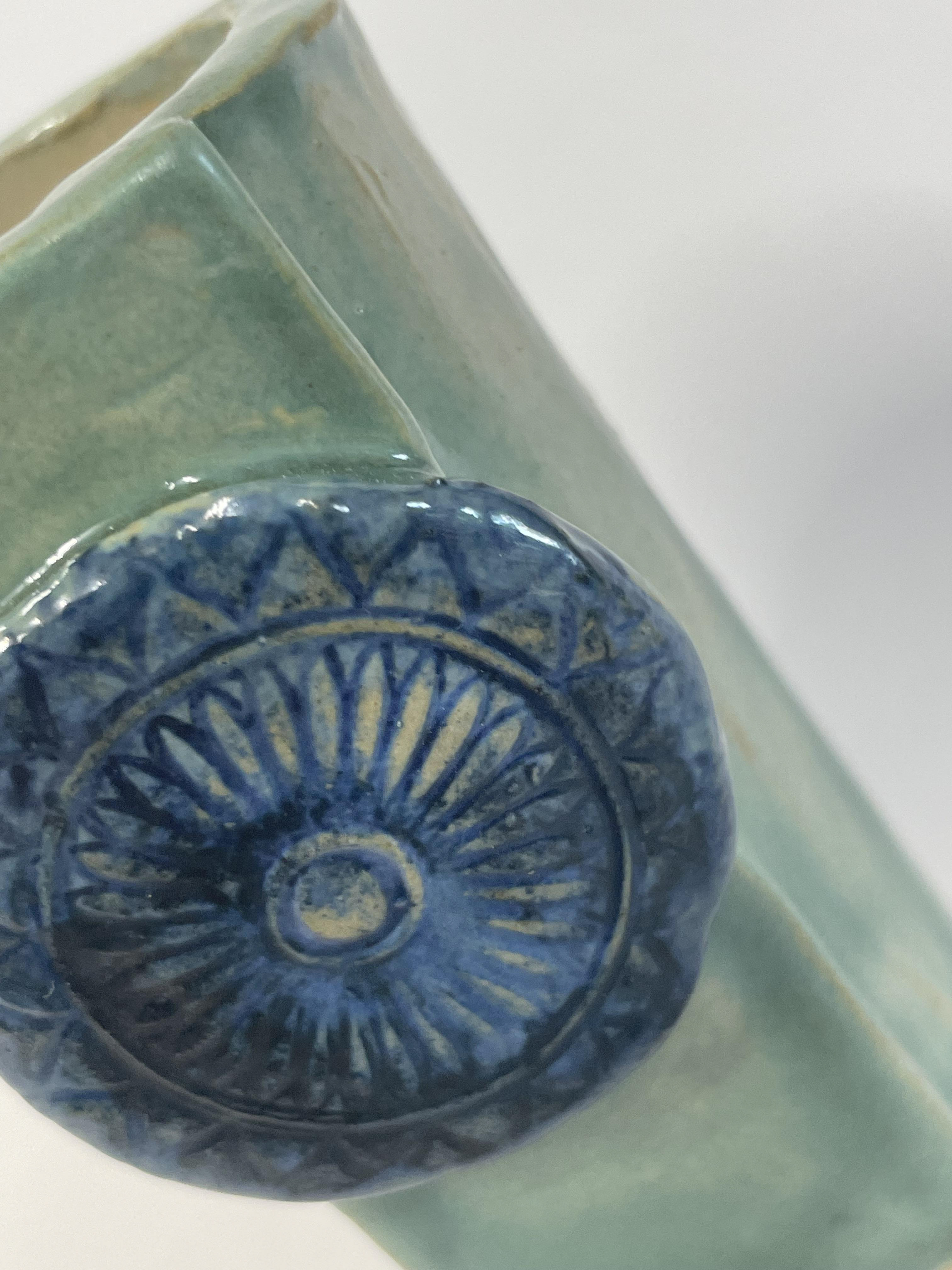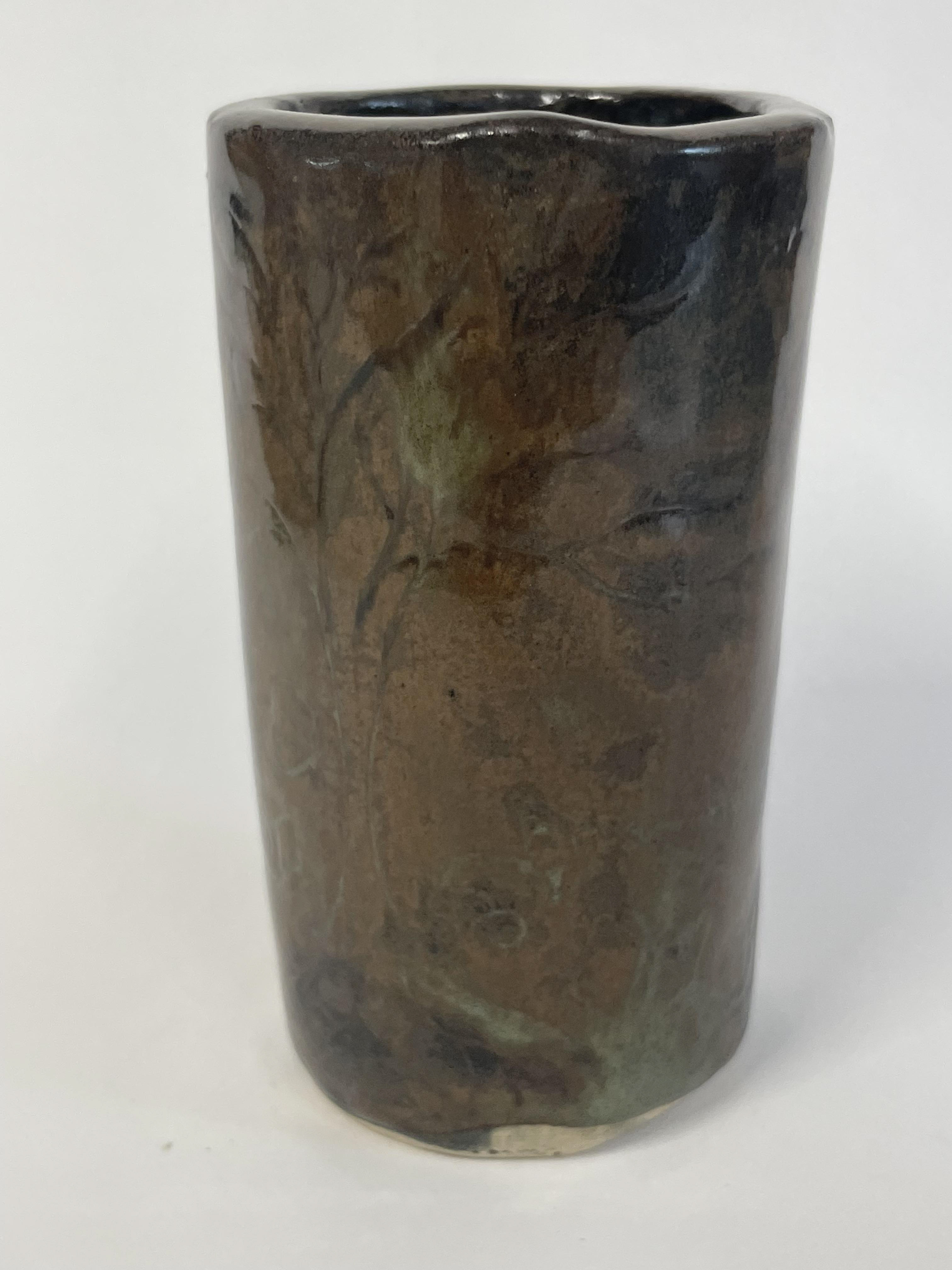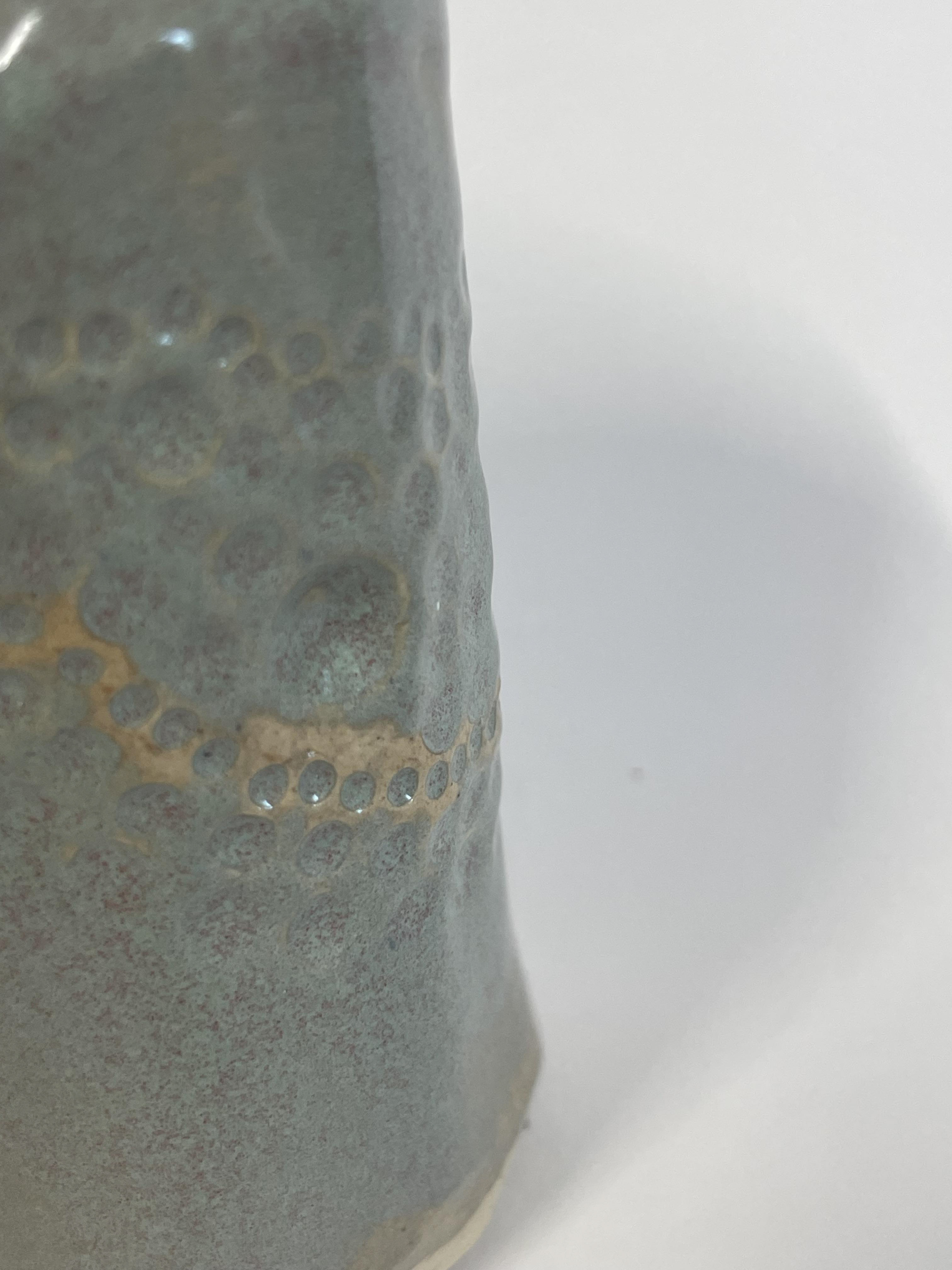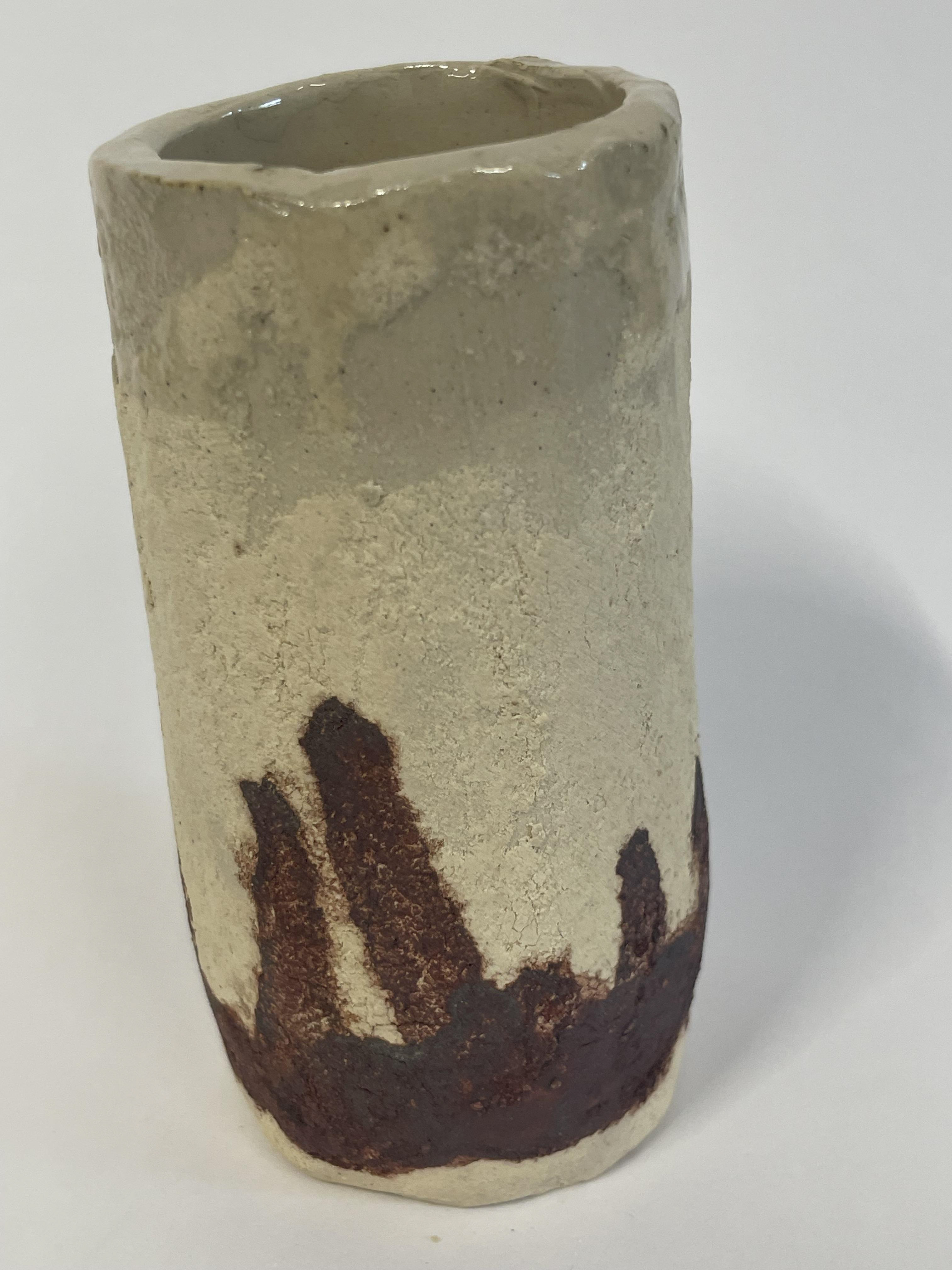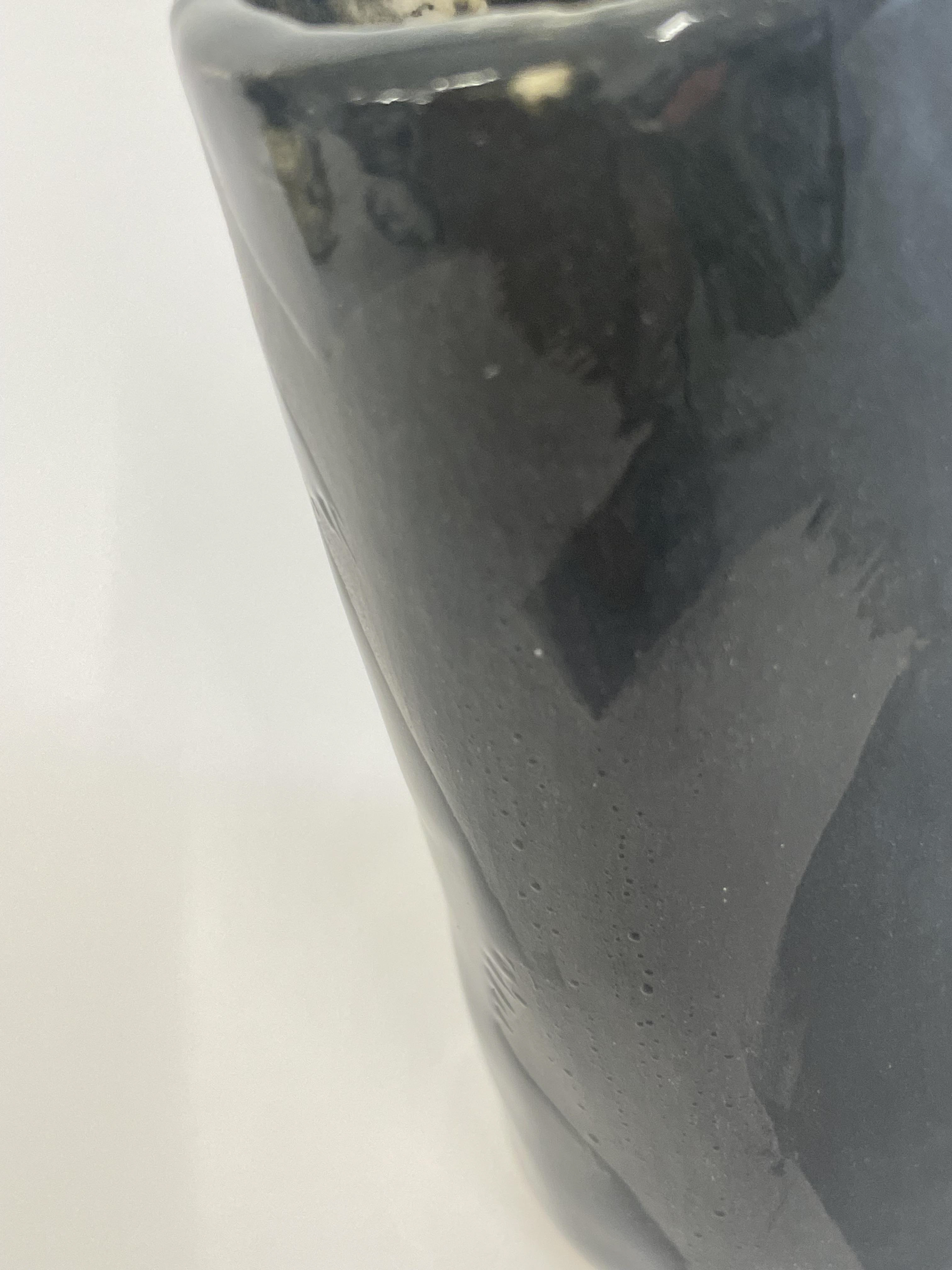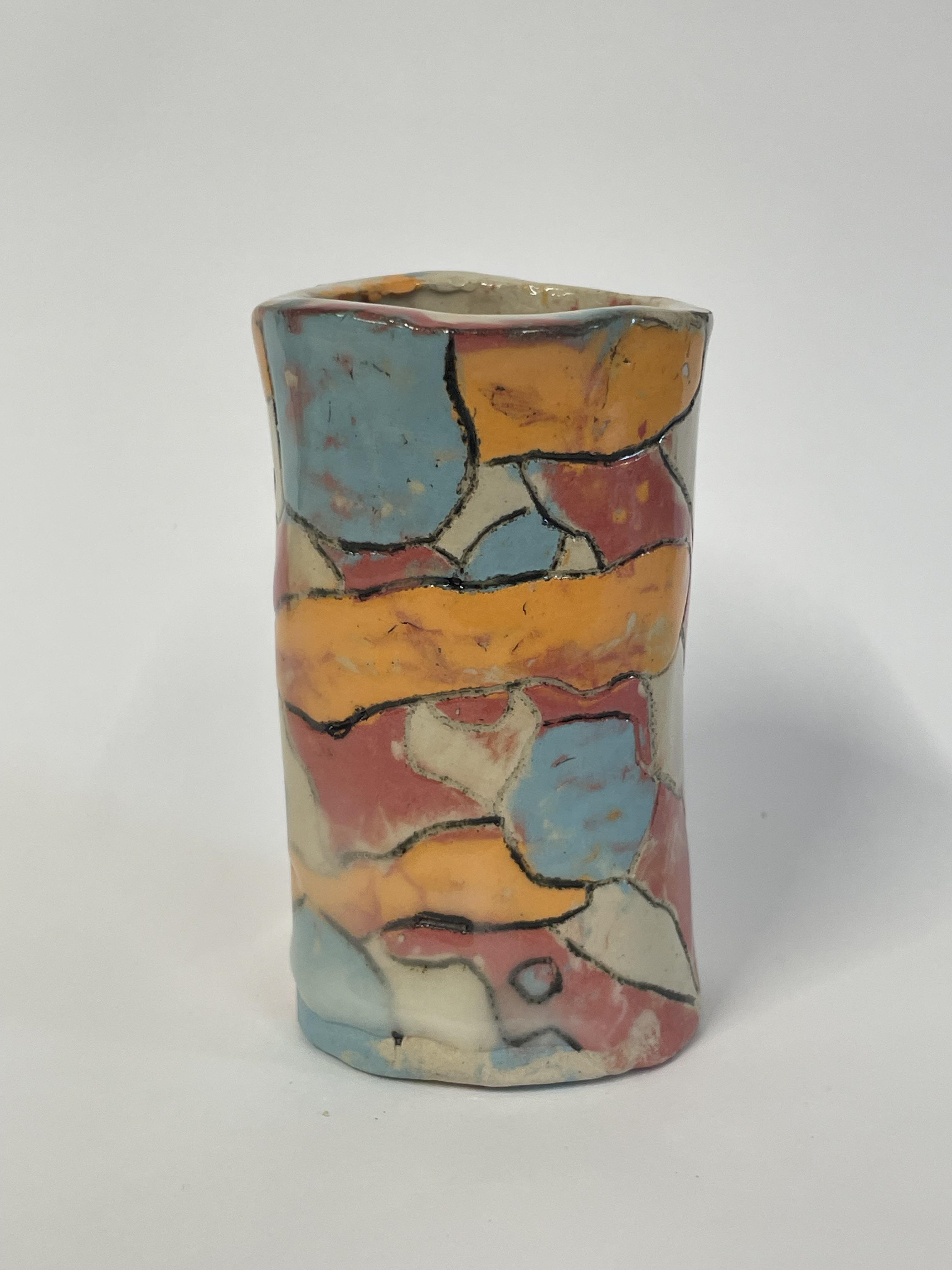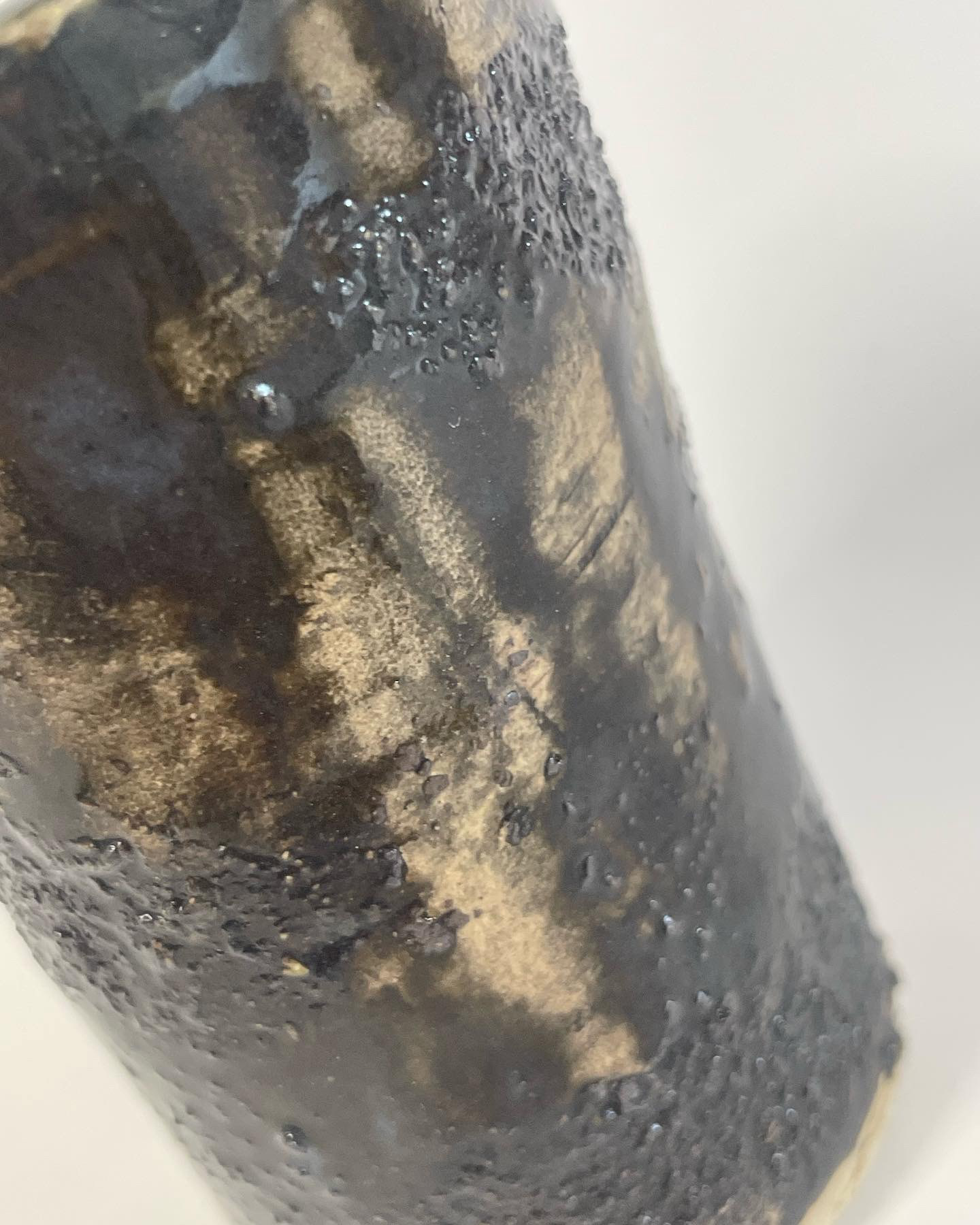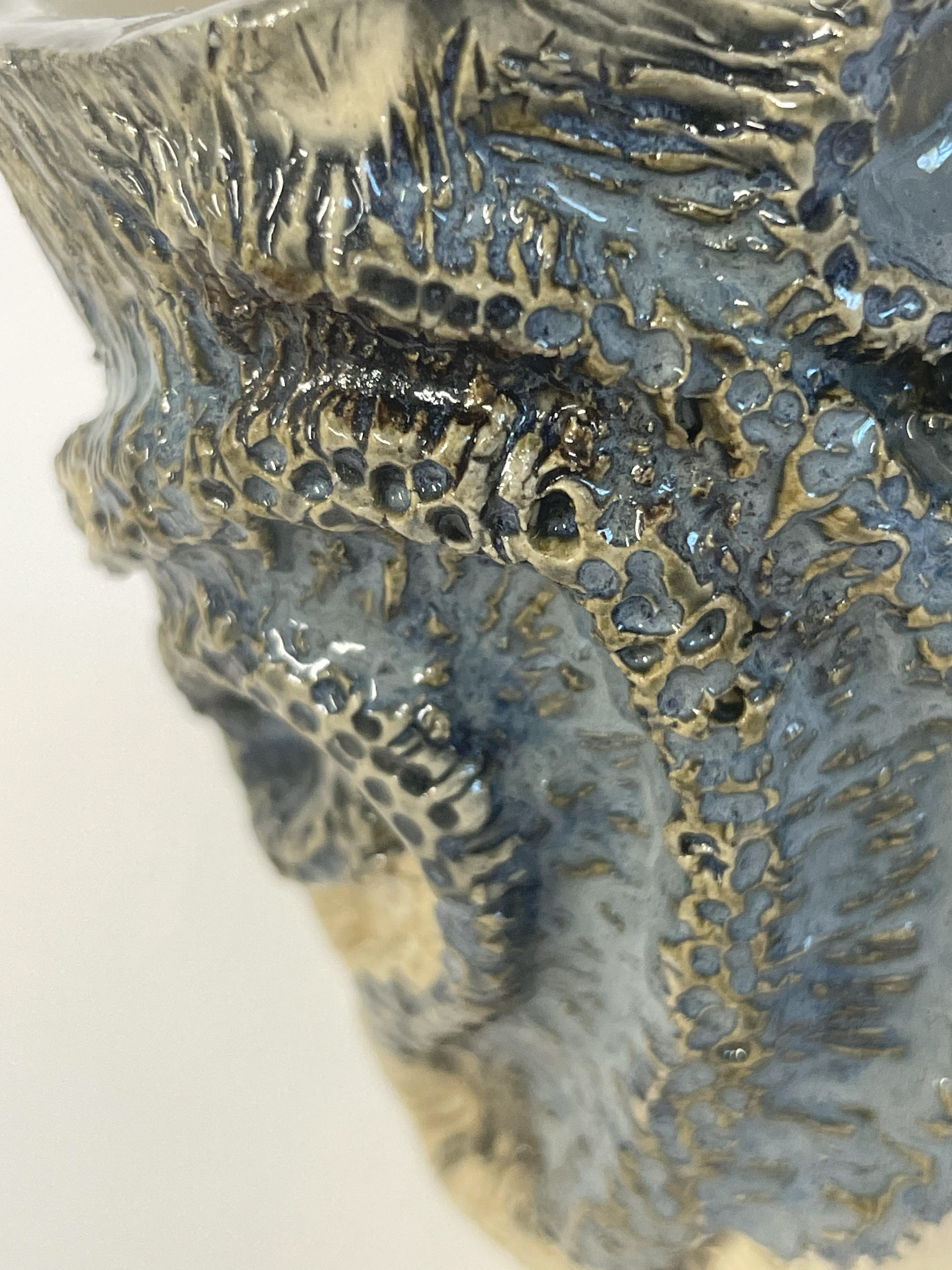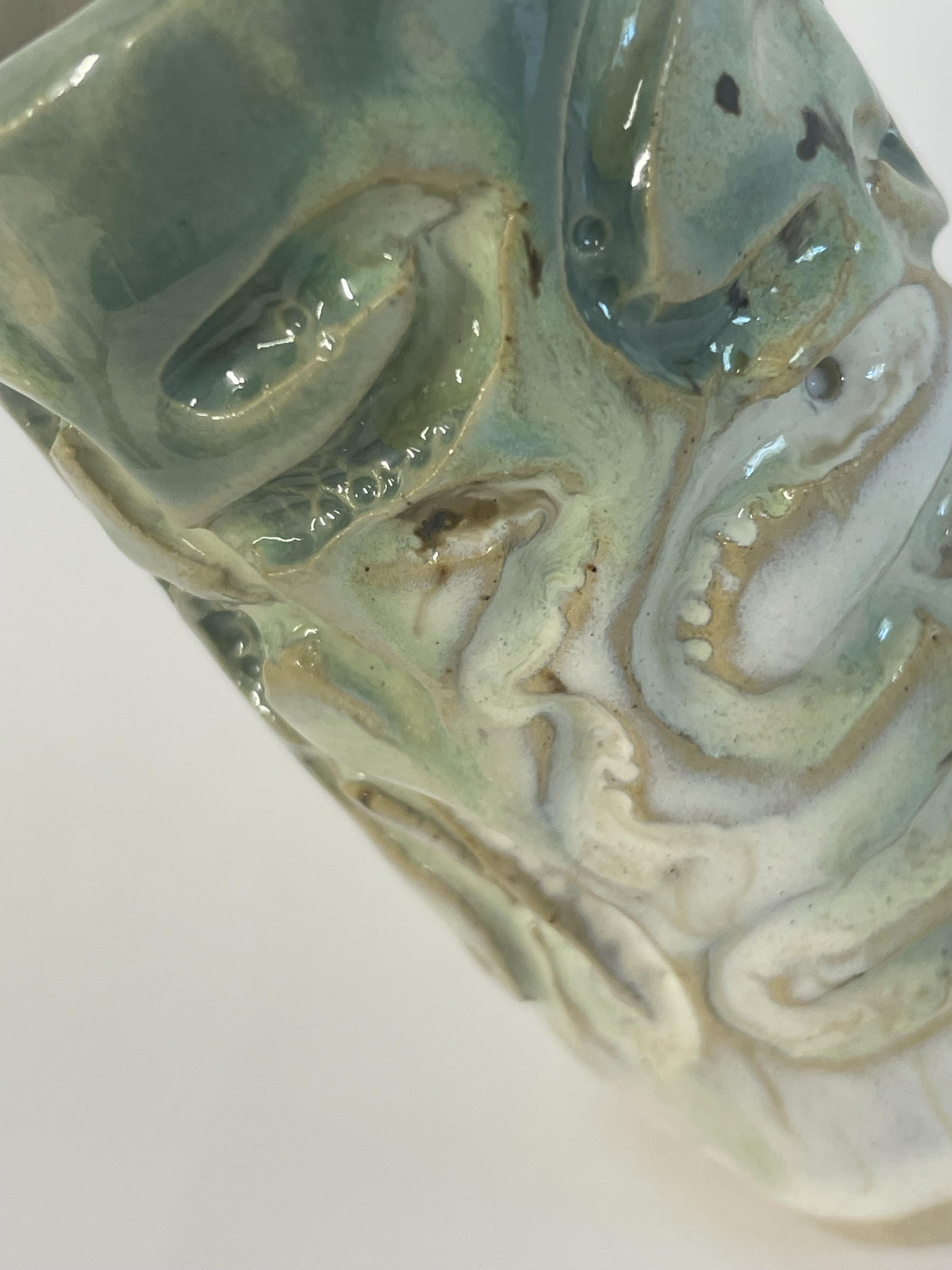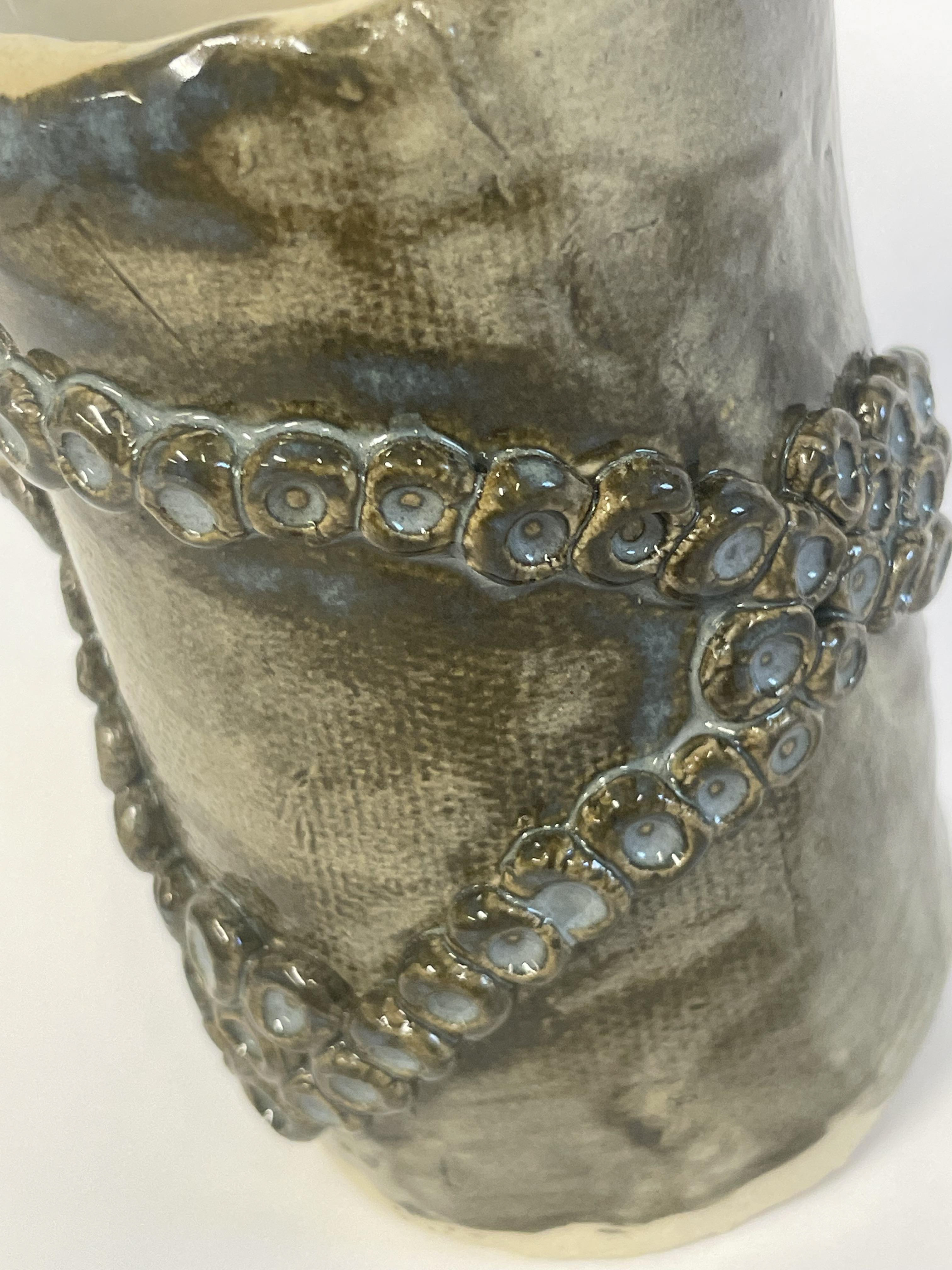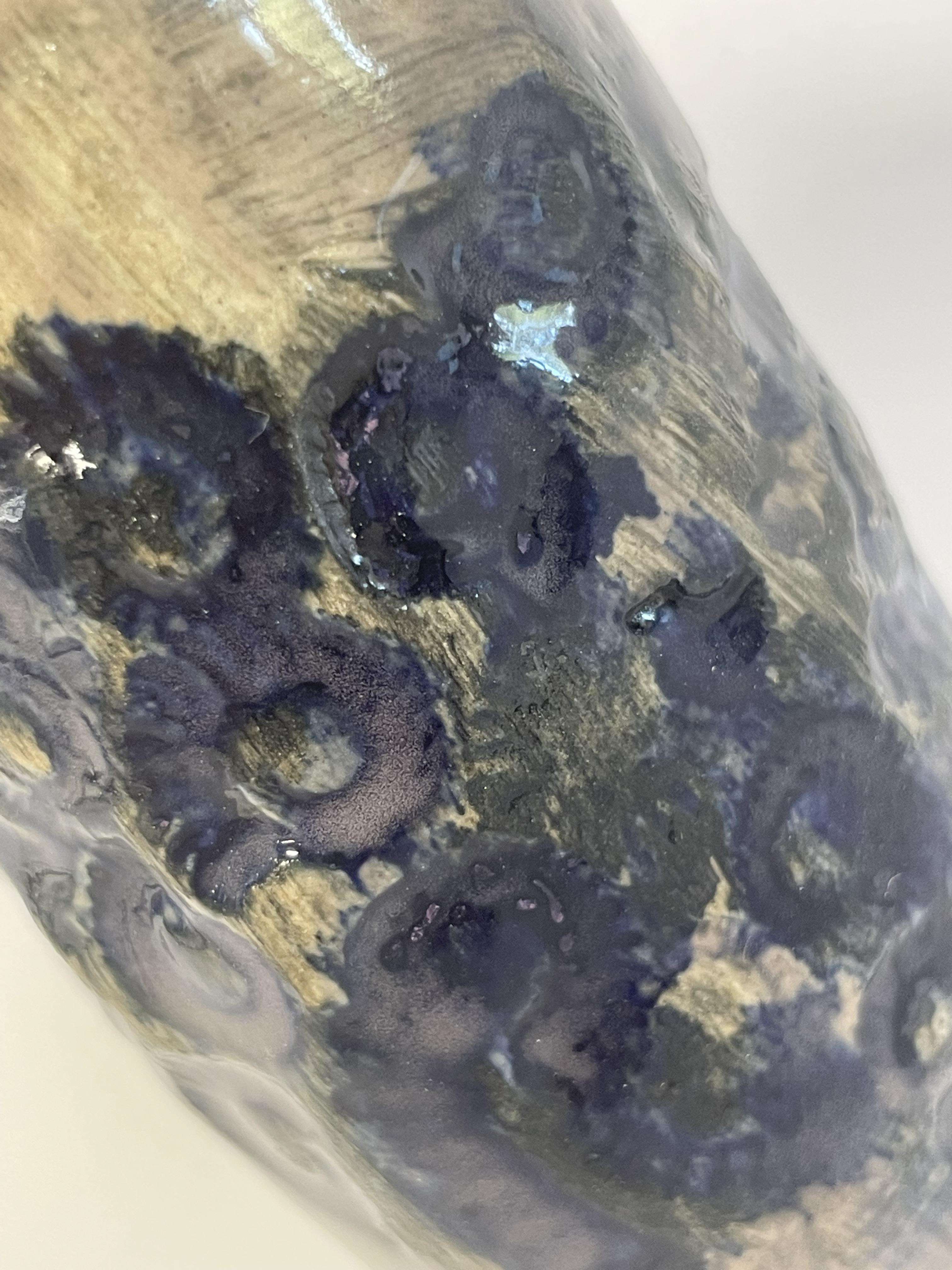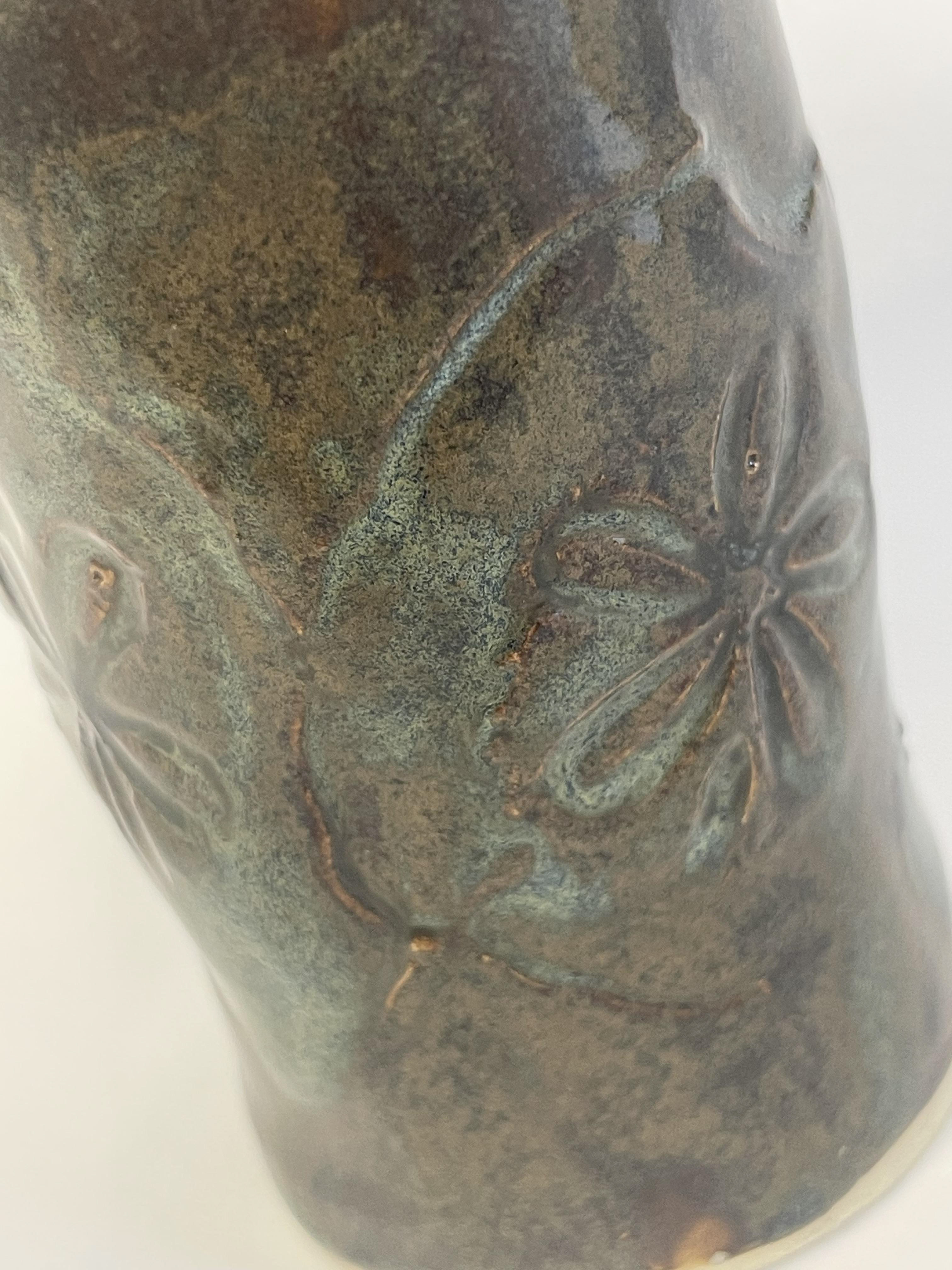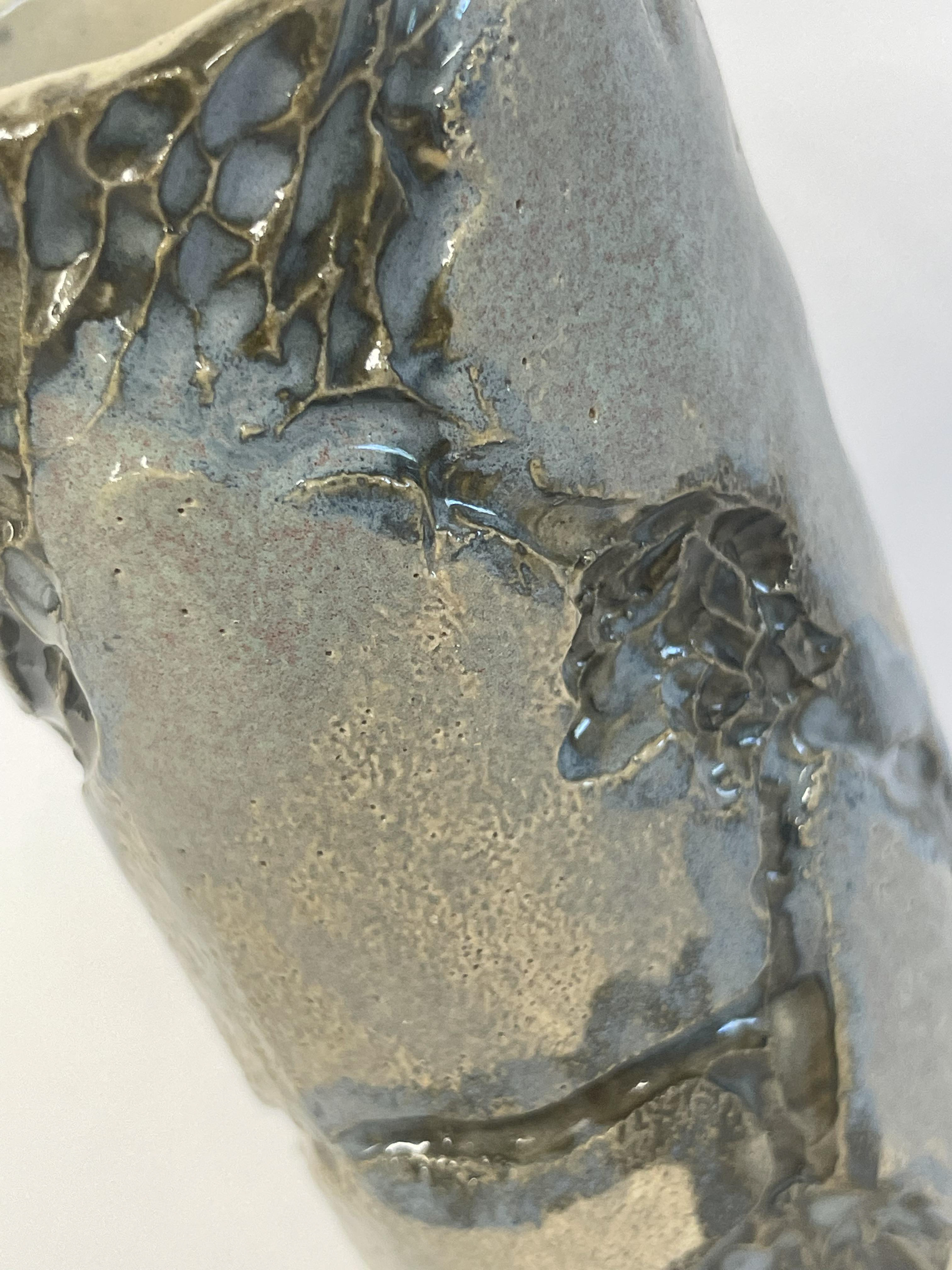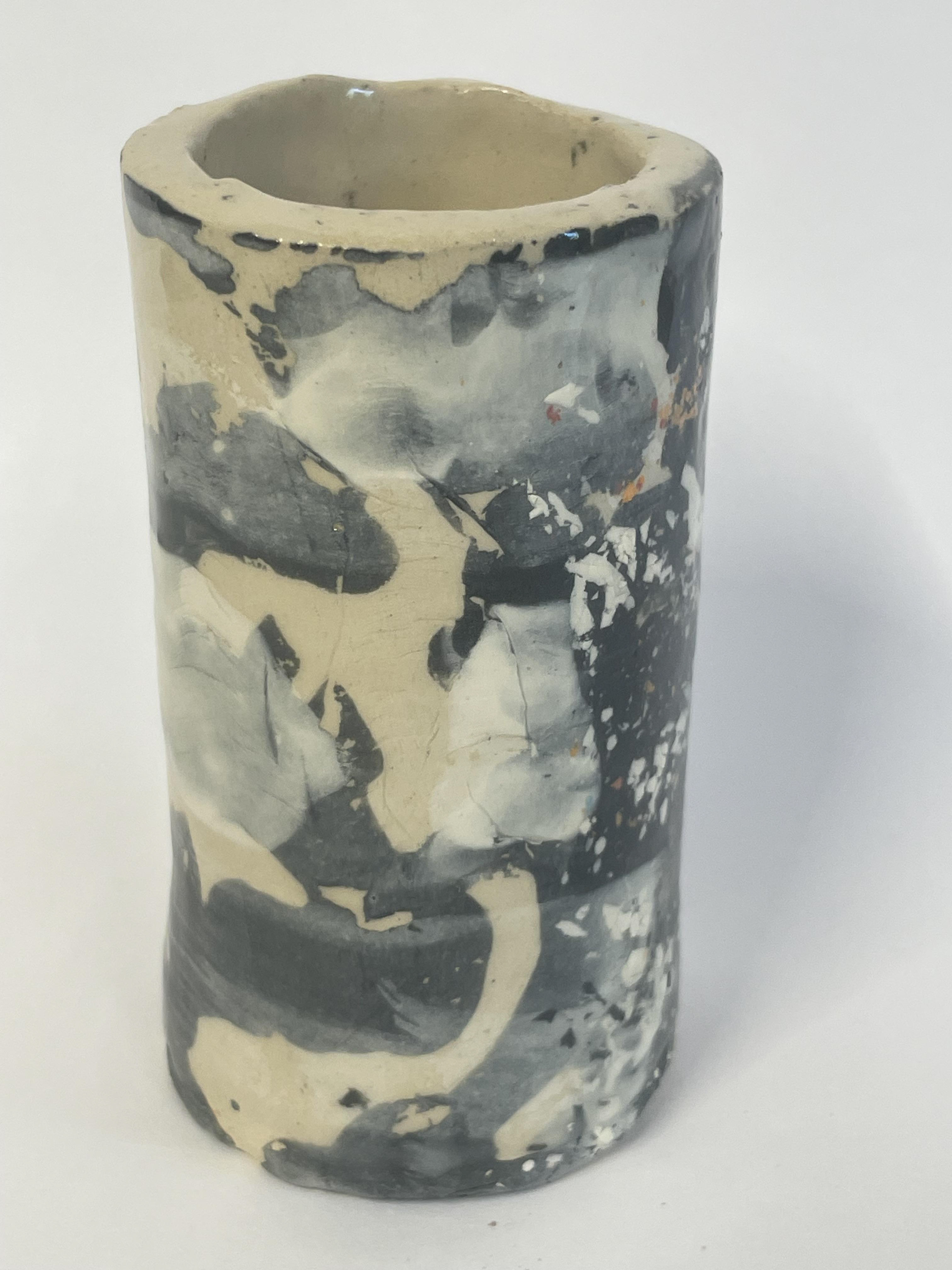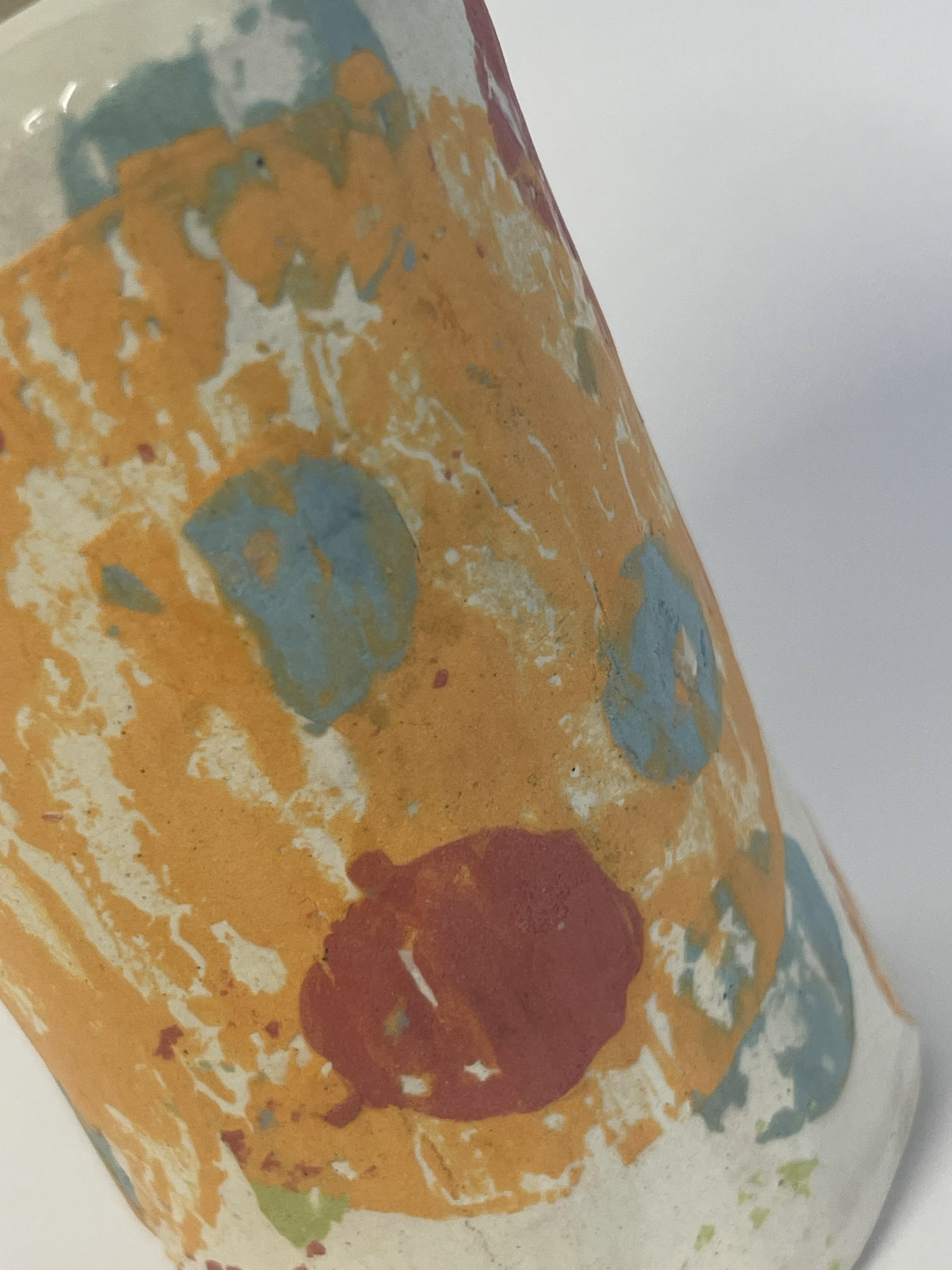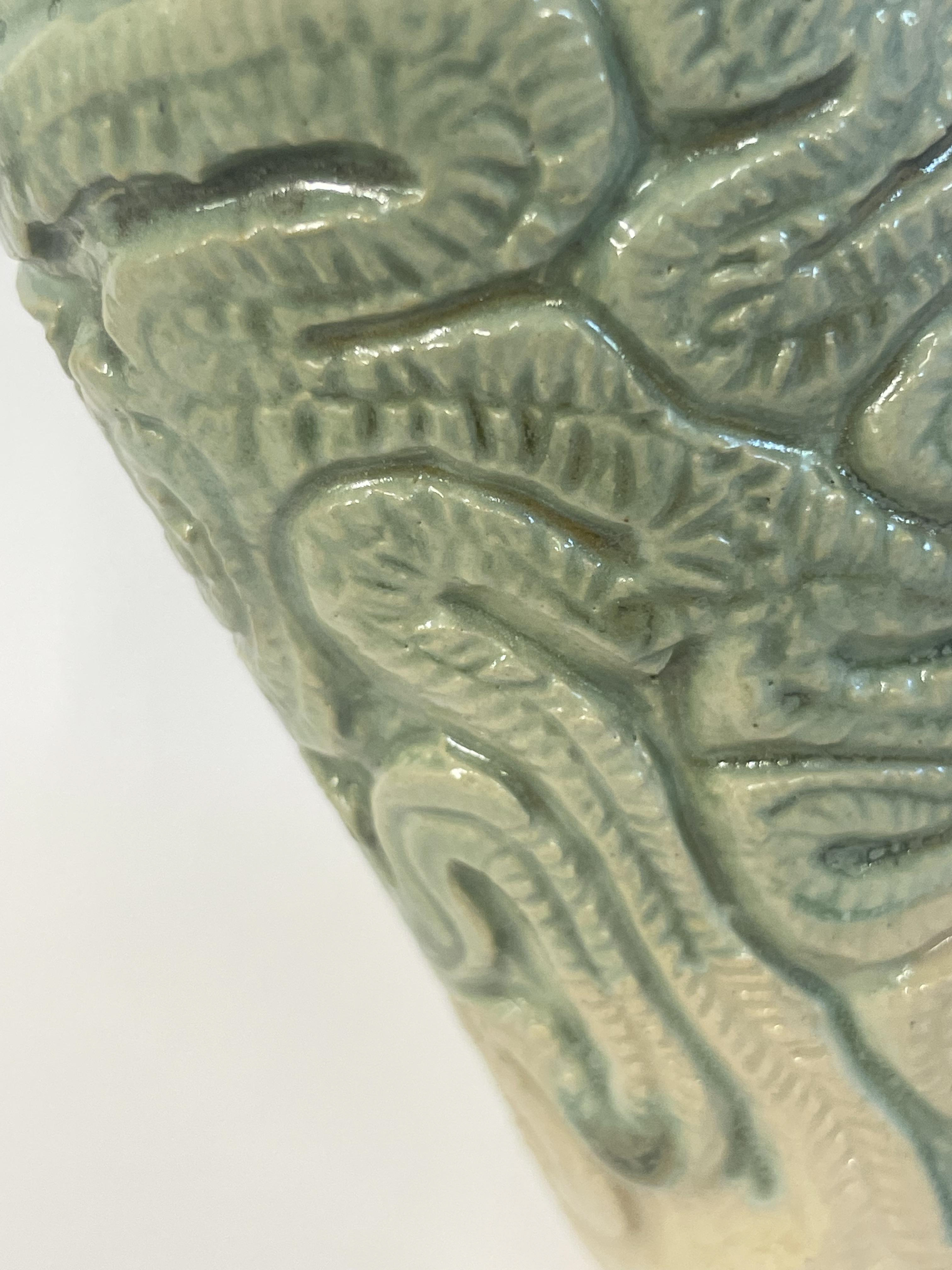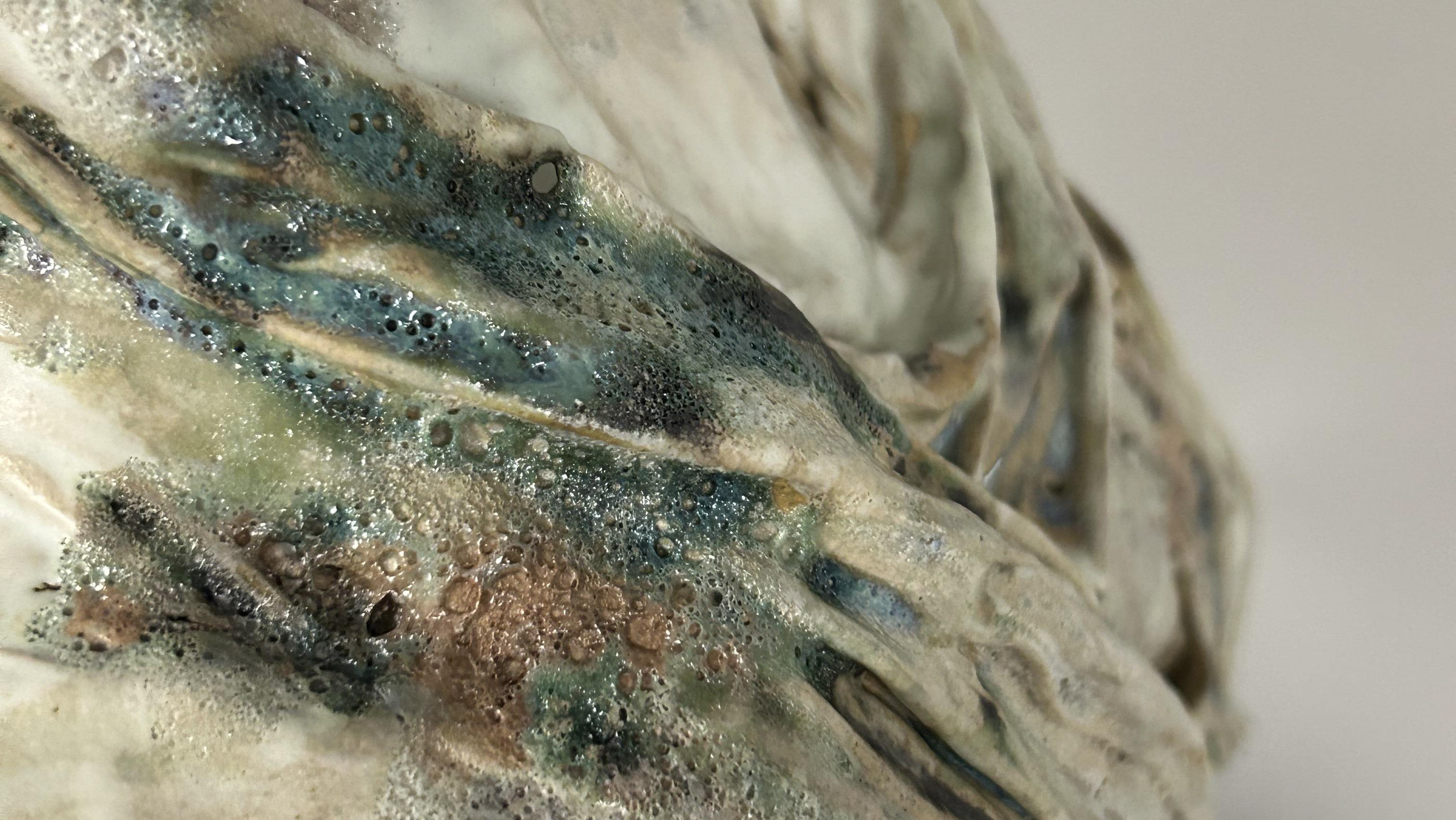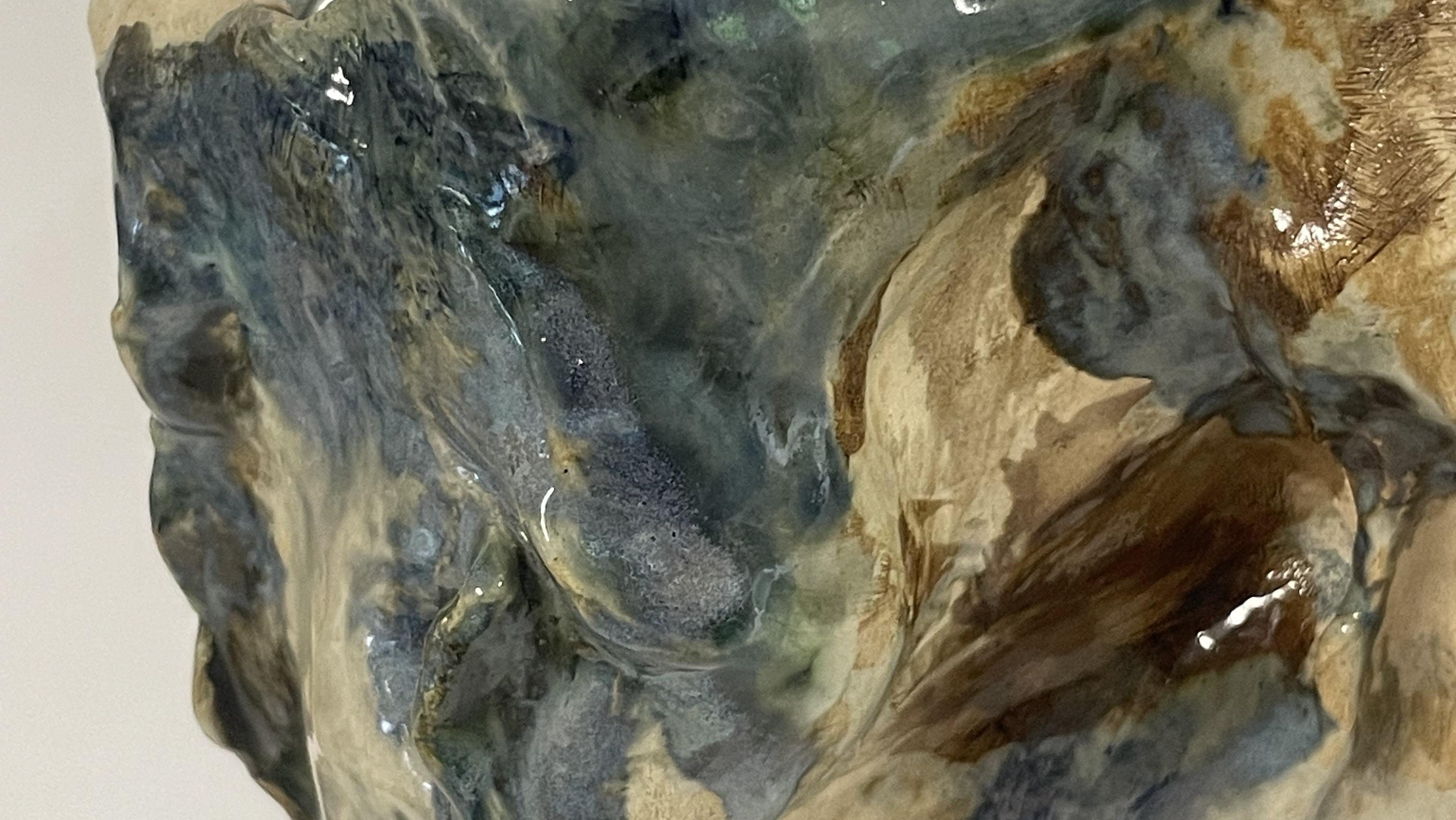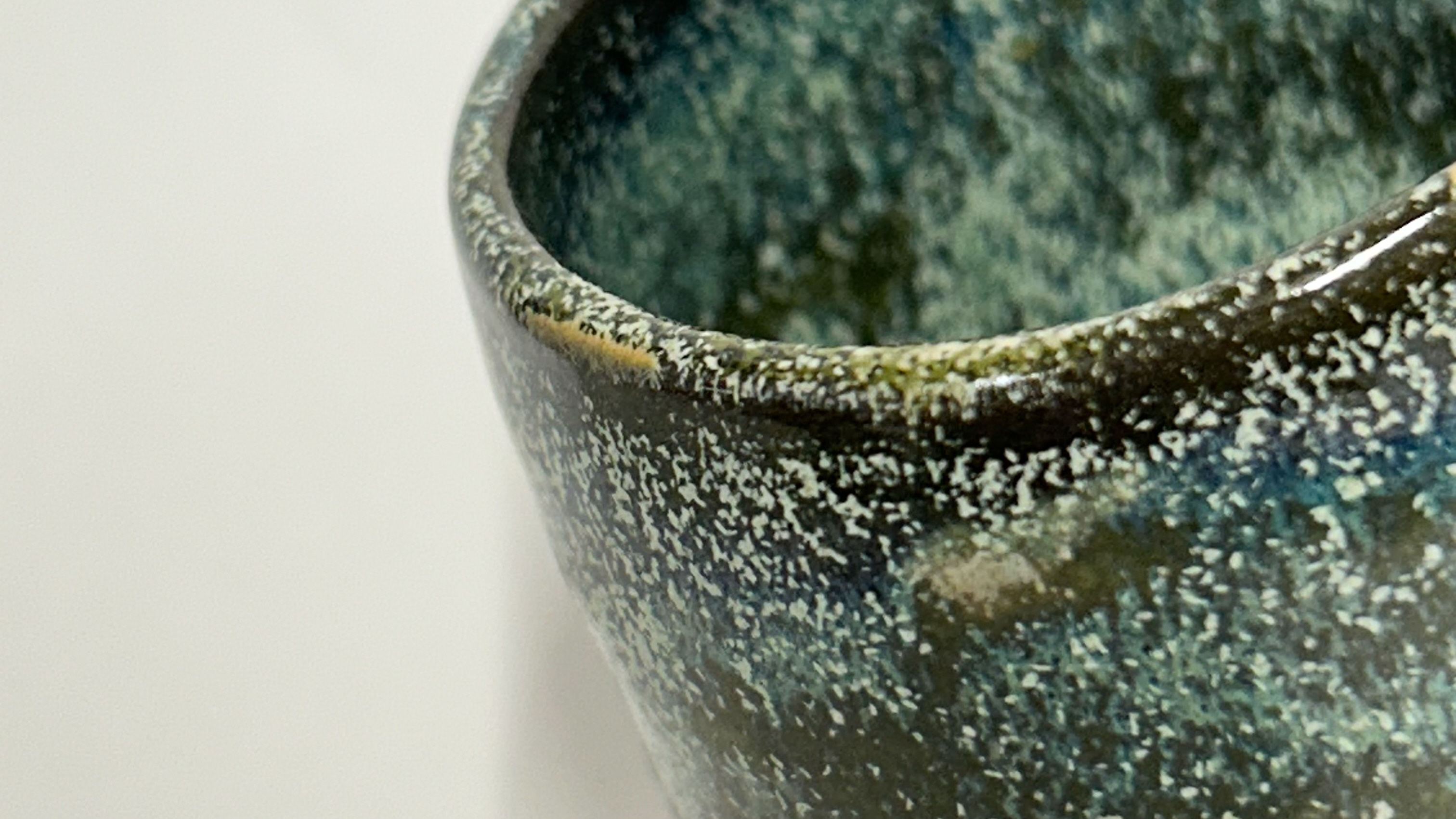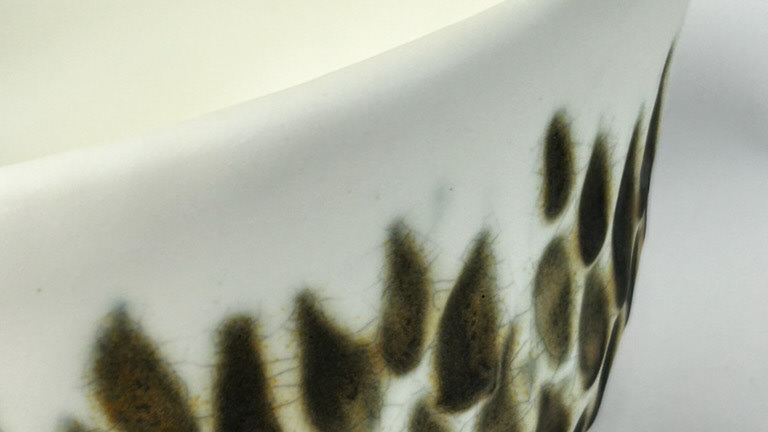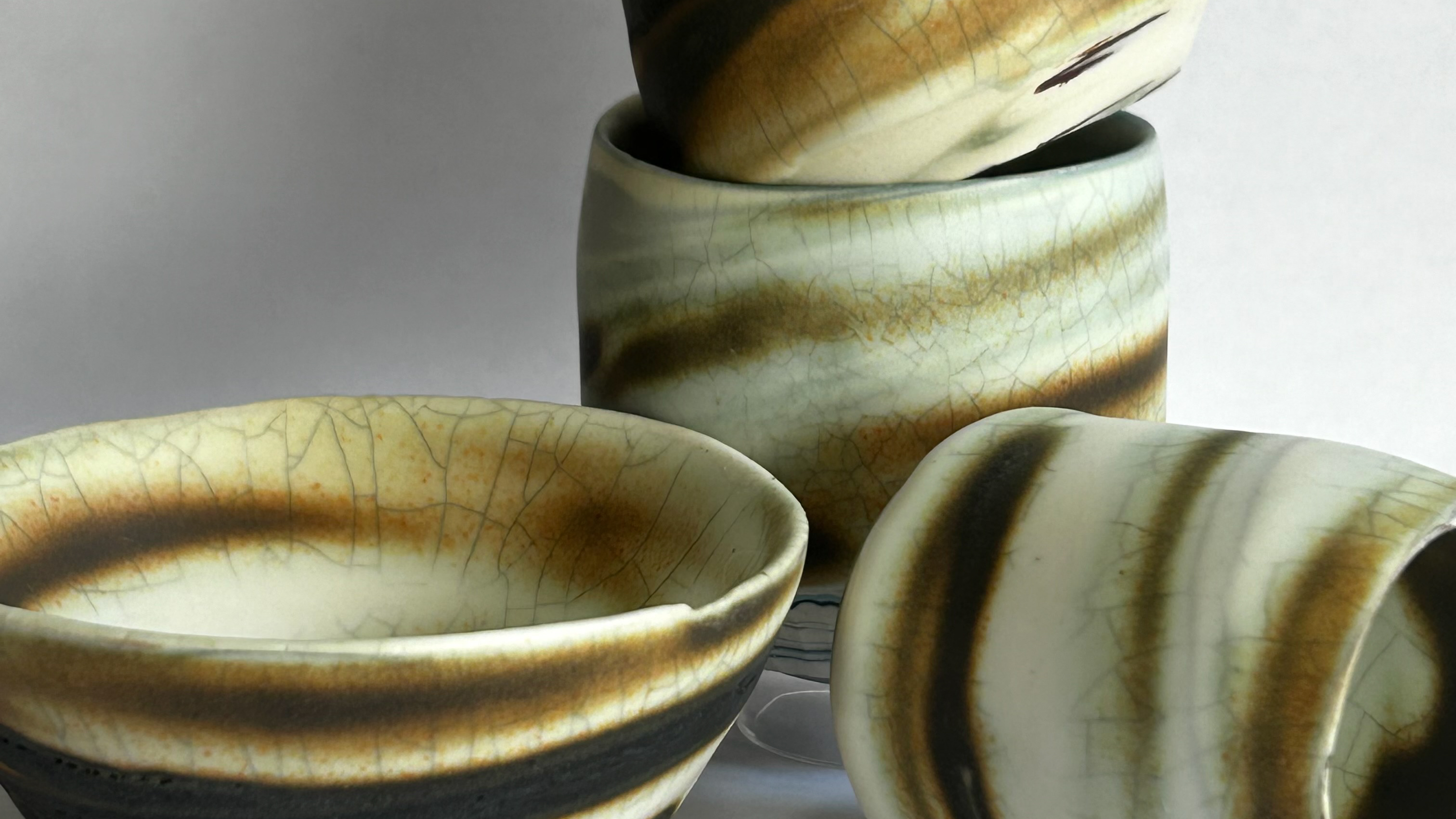An ongoing collection of experiments in glaze and texture finishes.
The original project was to create 100 x 10cm pots each with a different texture or finish which I have now exceeded and continue to add to.
The project has been a way to explore and experiment with finishes and techniques I may otherwise have not thought to try. Some of the themes and ideas I have explored will eventually lead to larger scale creations while others are definitely of the 'well I'm glad I gave it a go category.'


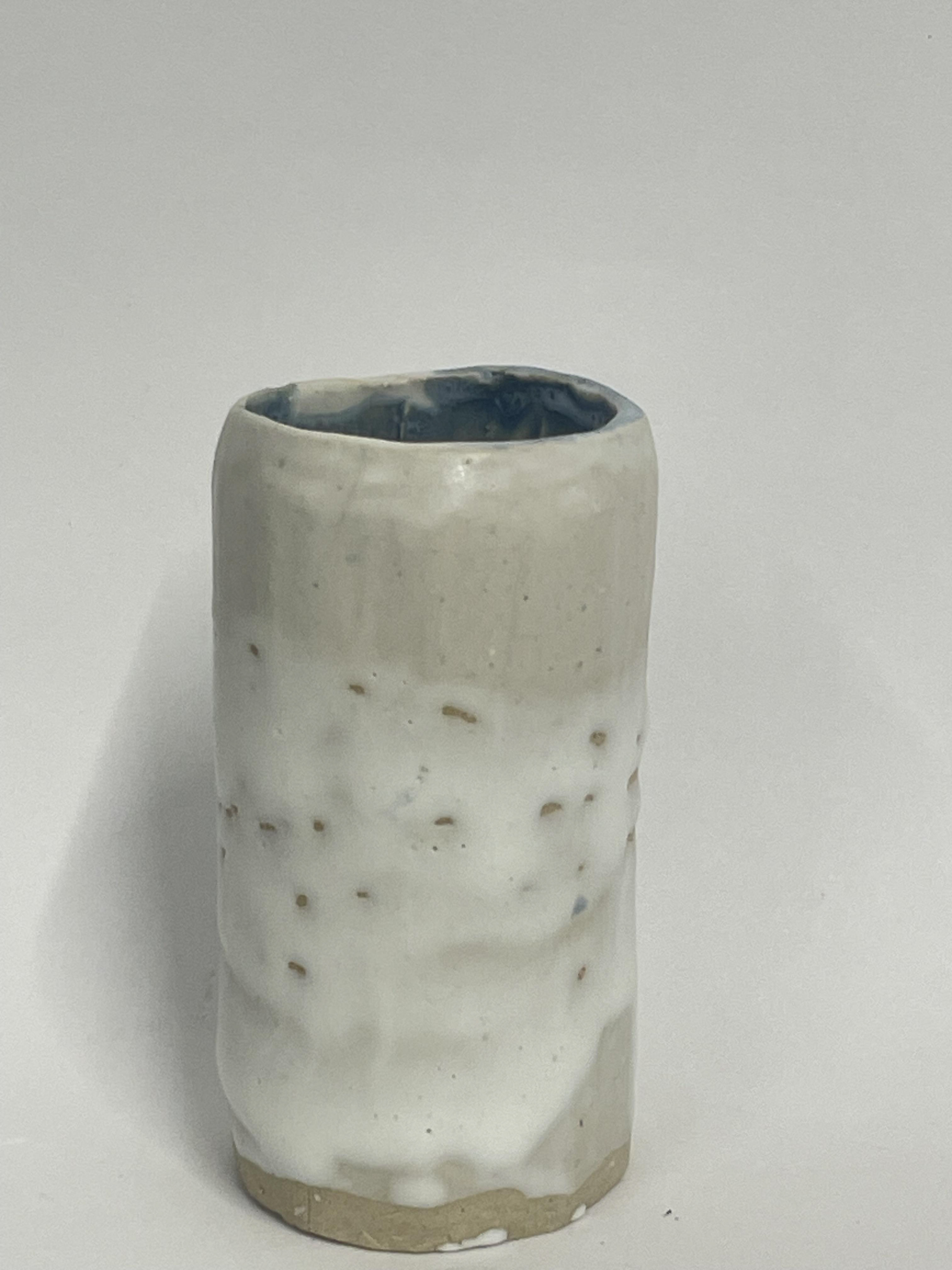
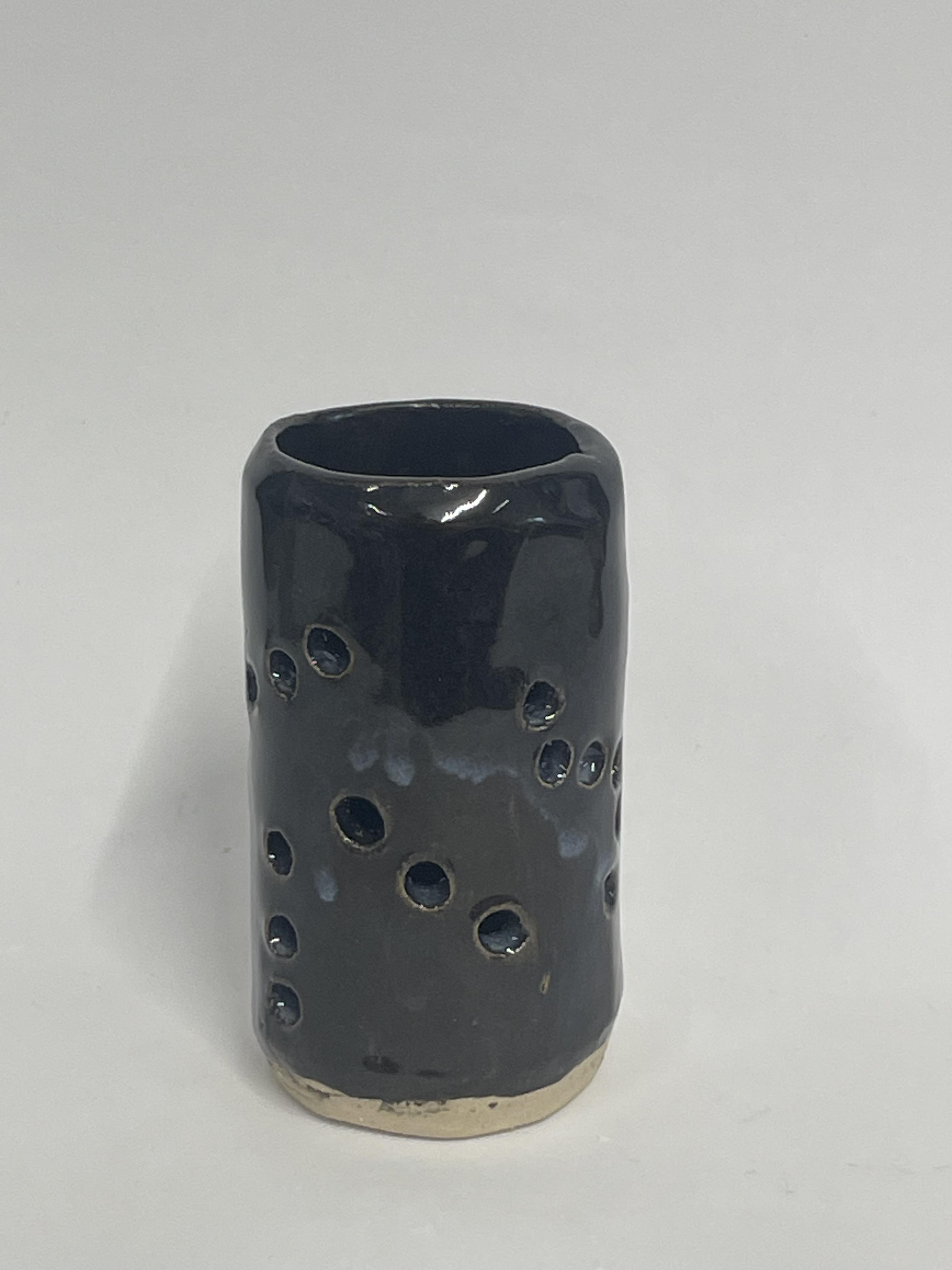
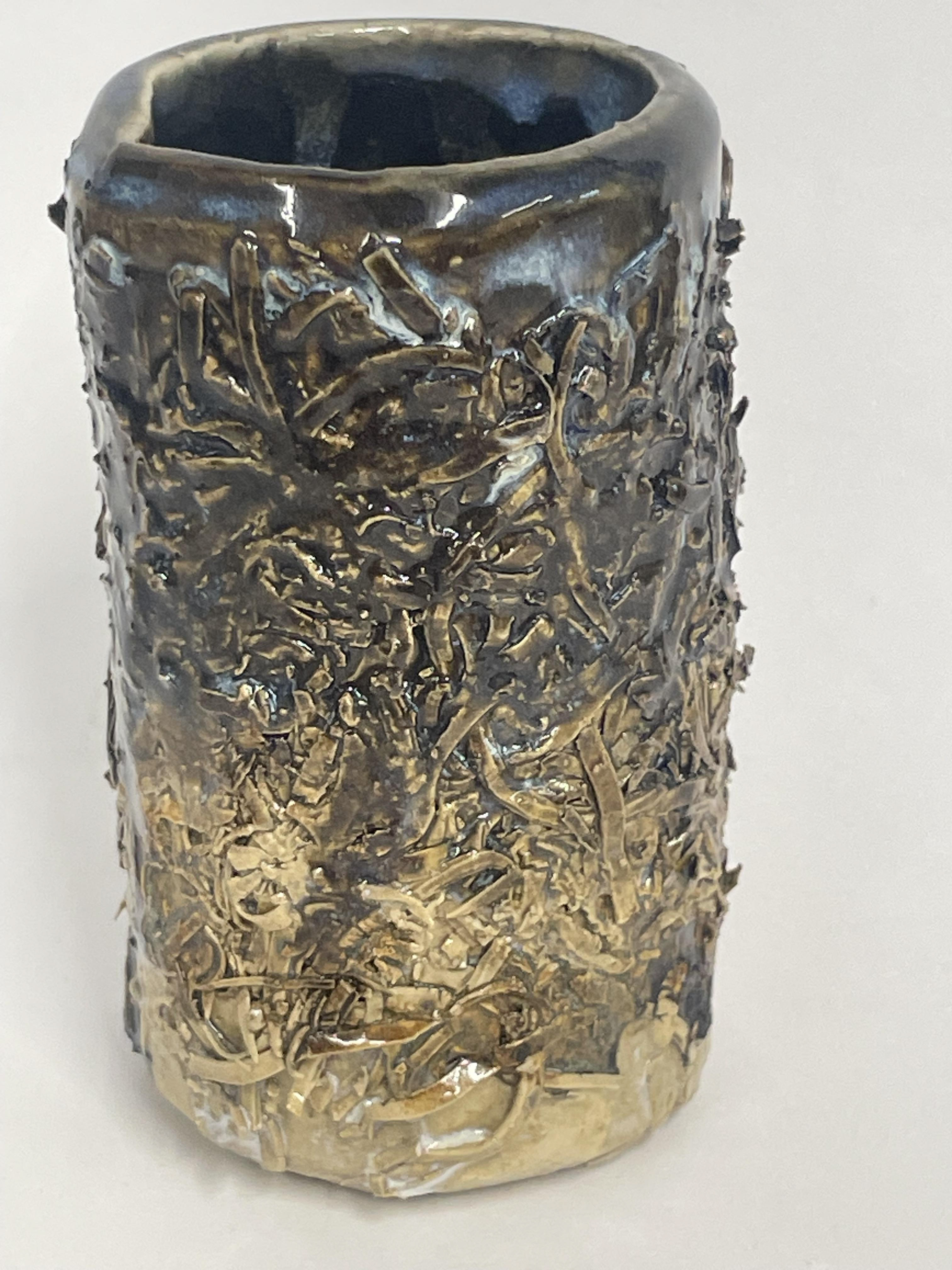
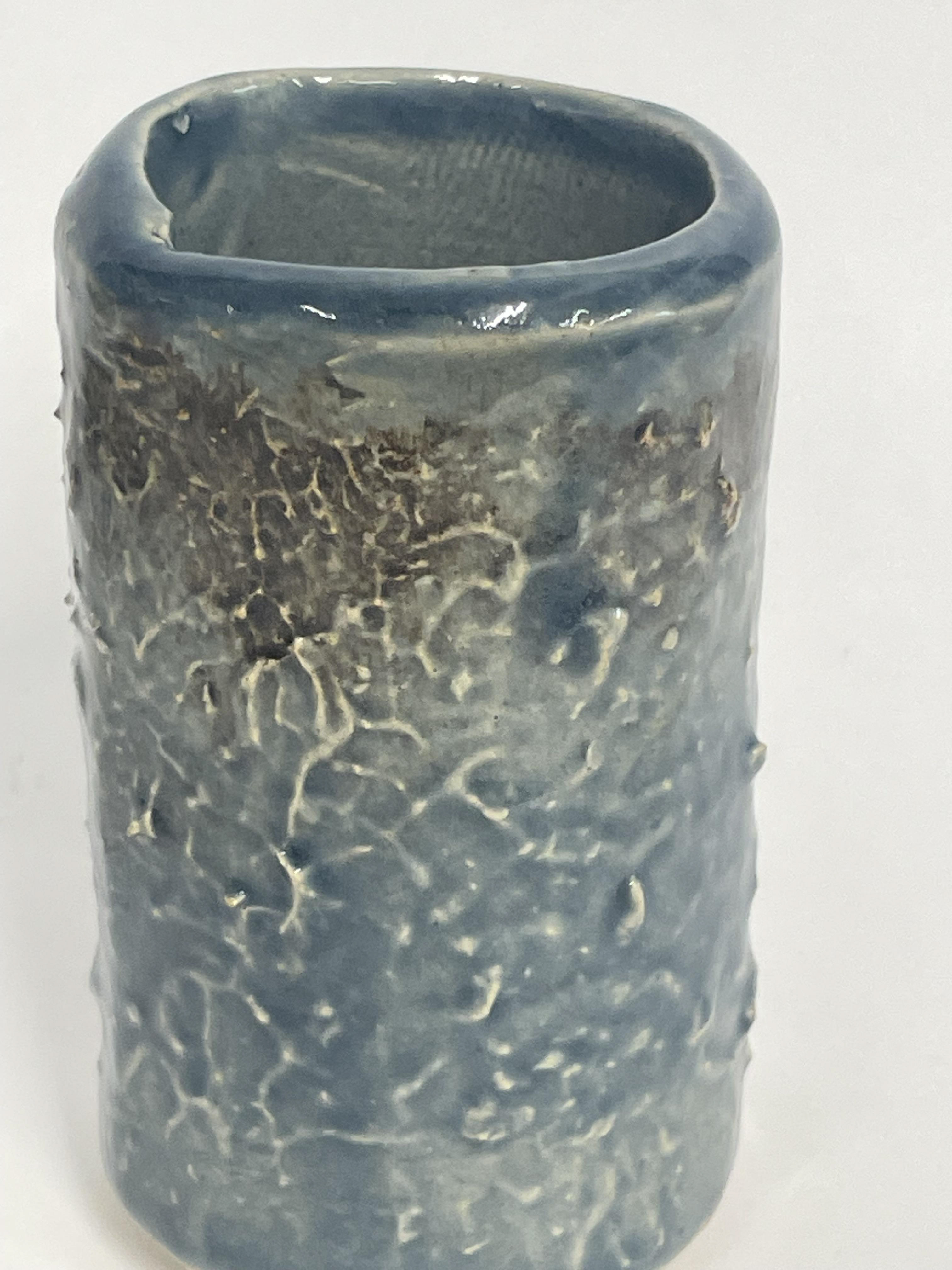



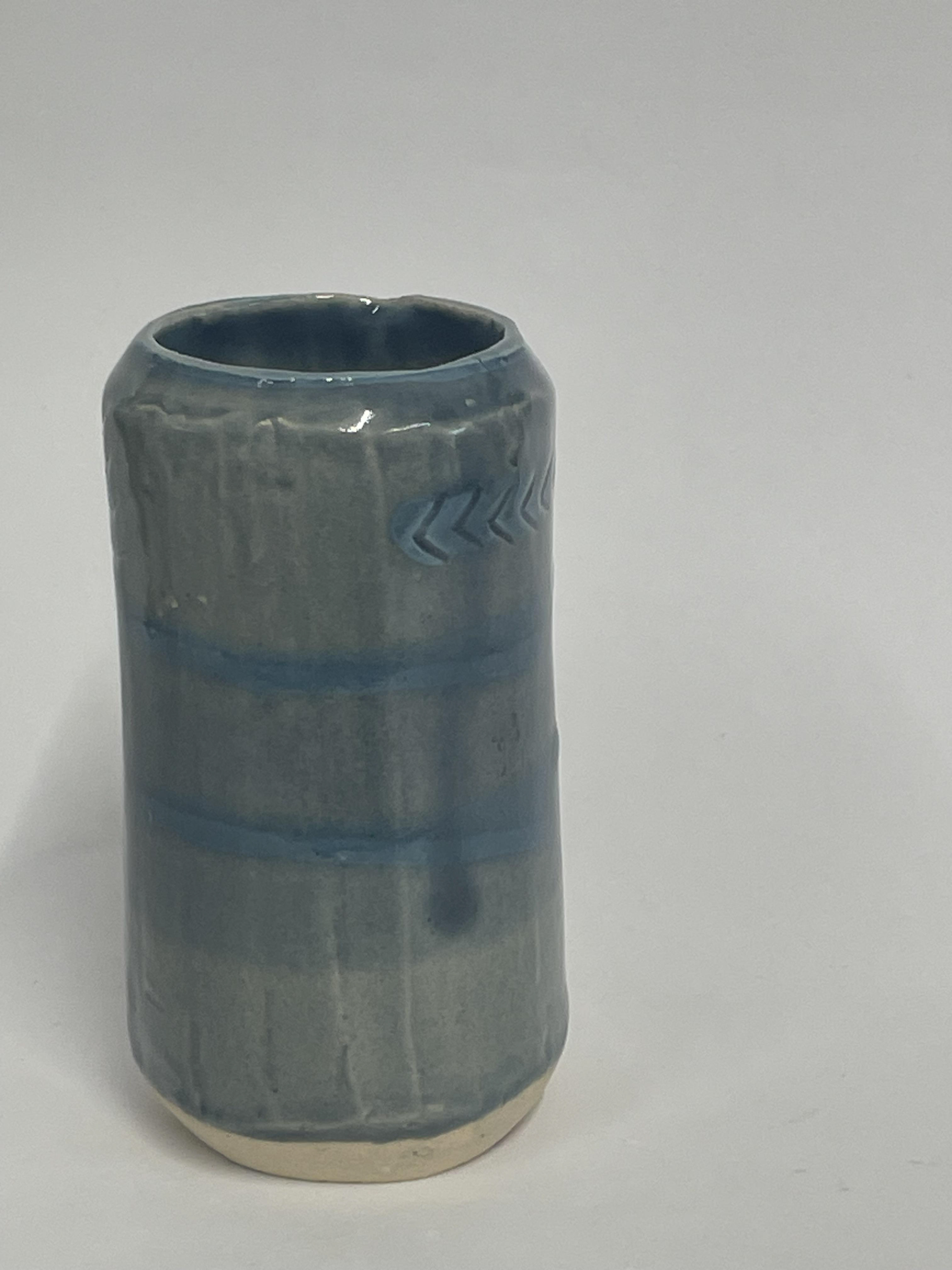

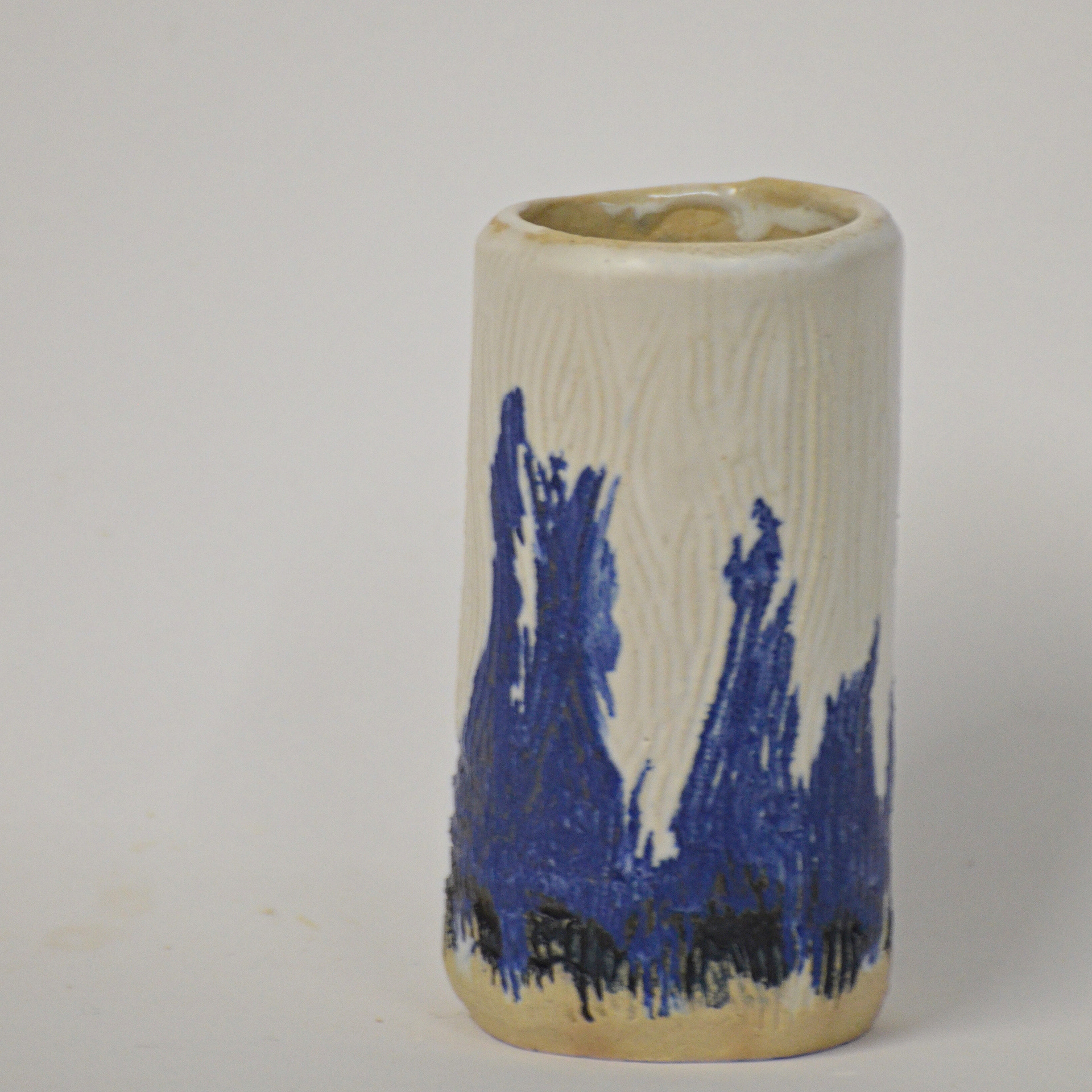
Cobalt oxide highlights a very subtle texture made by scraping the surface of the pot in its greenware state. A matt white glaze over the top softens everything
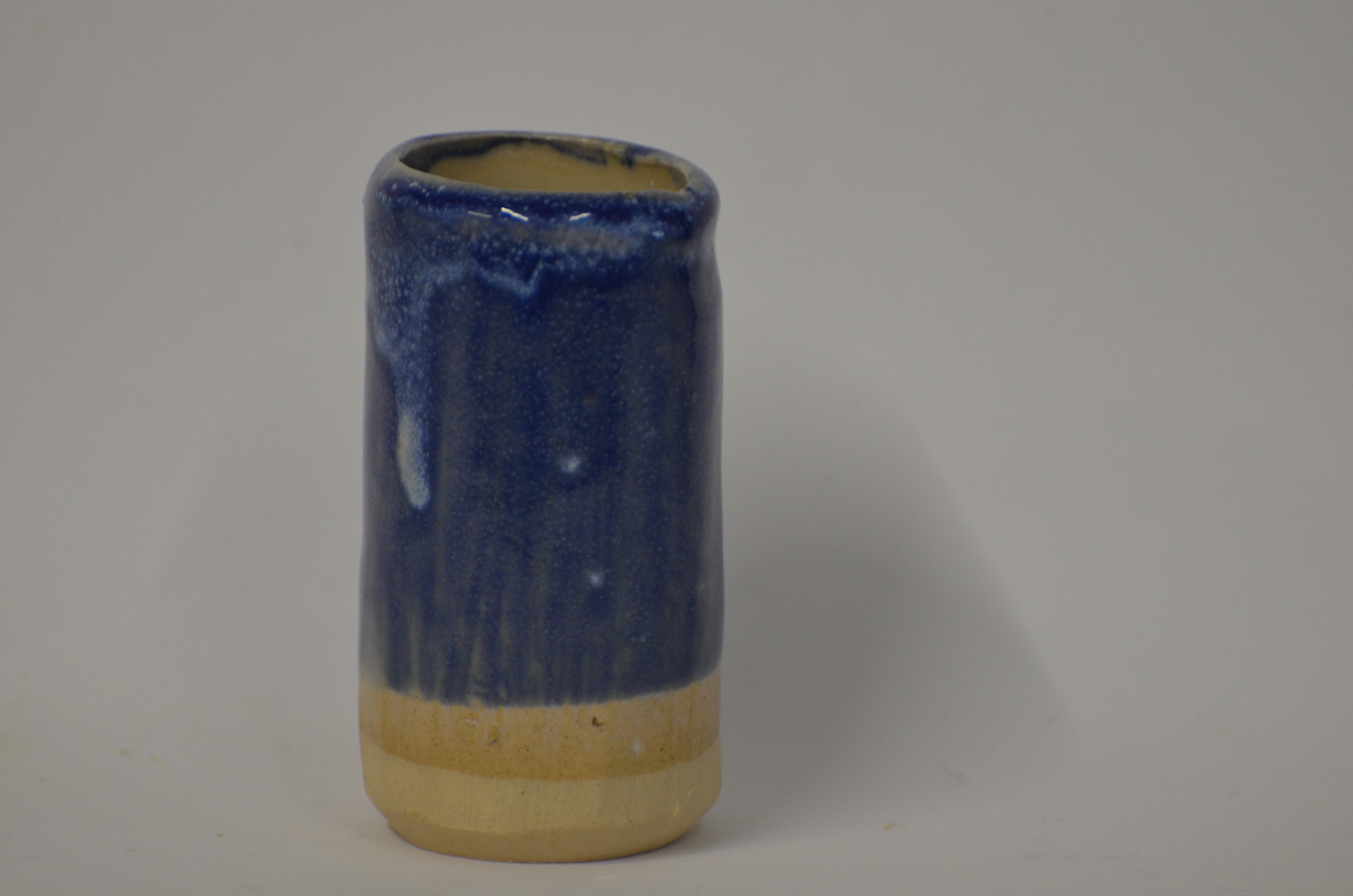
A very stable blue cobalt glaze was dipped over a honey flux glaze to create interest
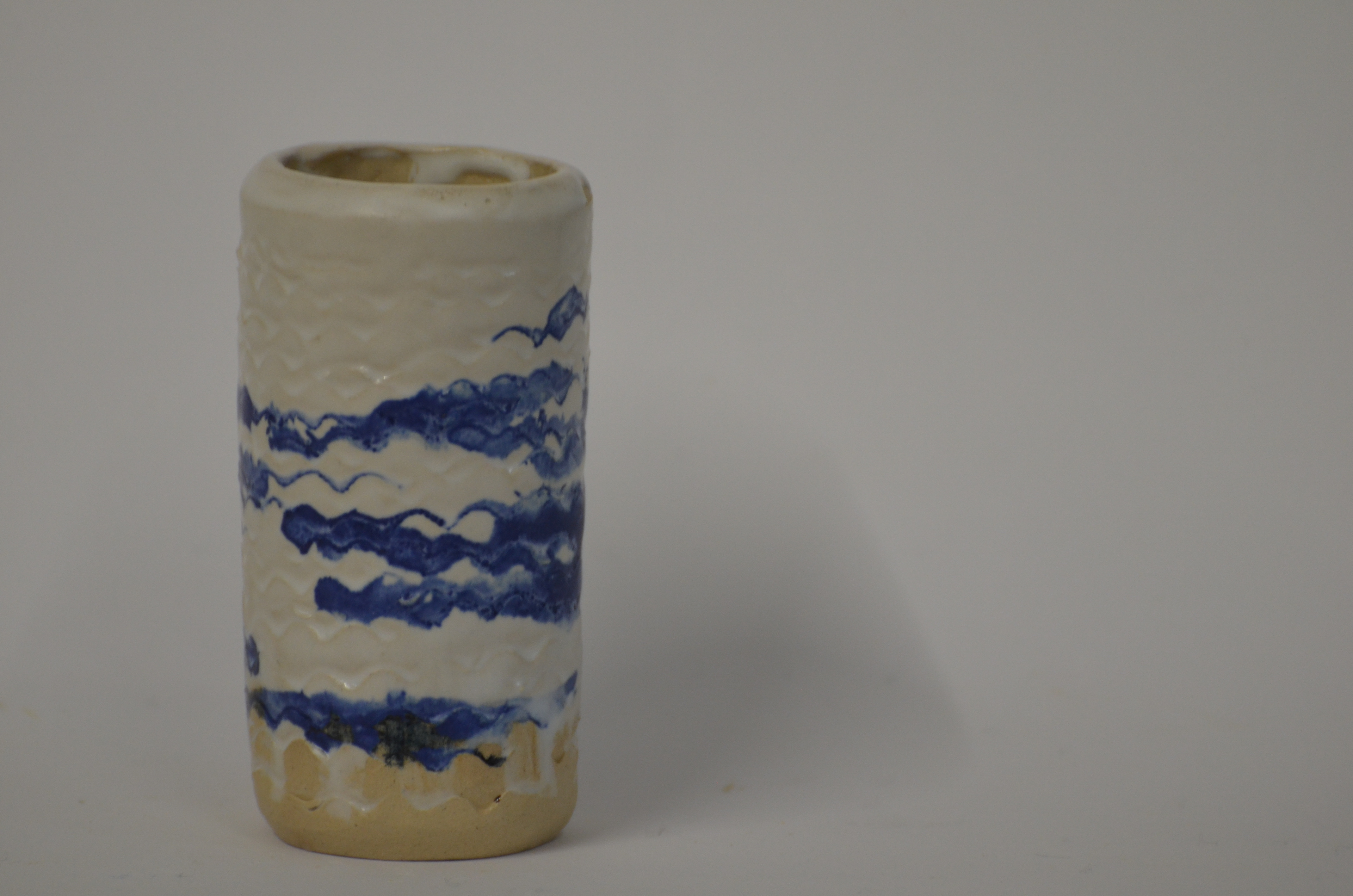
Tools meant for encaustic wax painting were used to create a sea like feeling which was highlighted with cobalt oxide.

White Matte Glaze was coated over a black glaze in the expectation of something a bit greyer than this
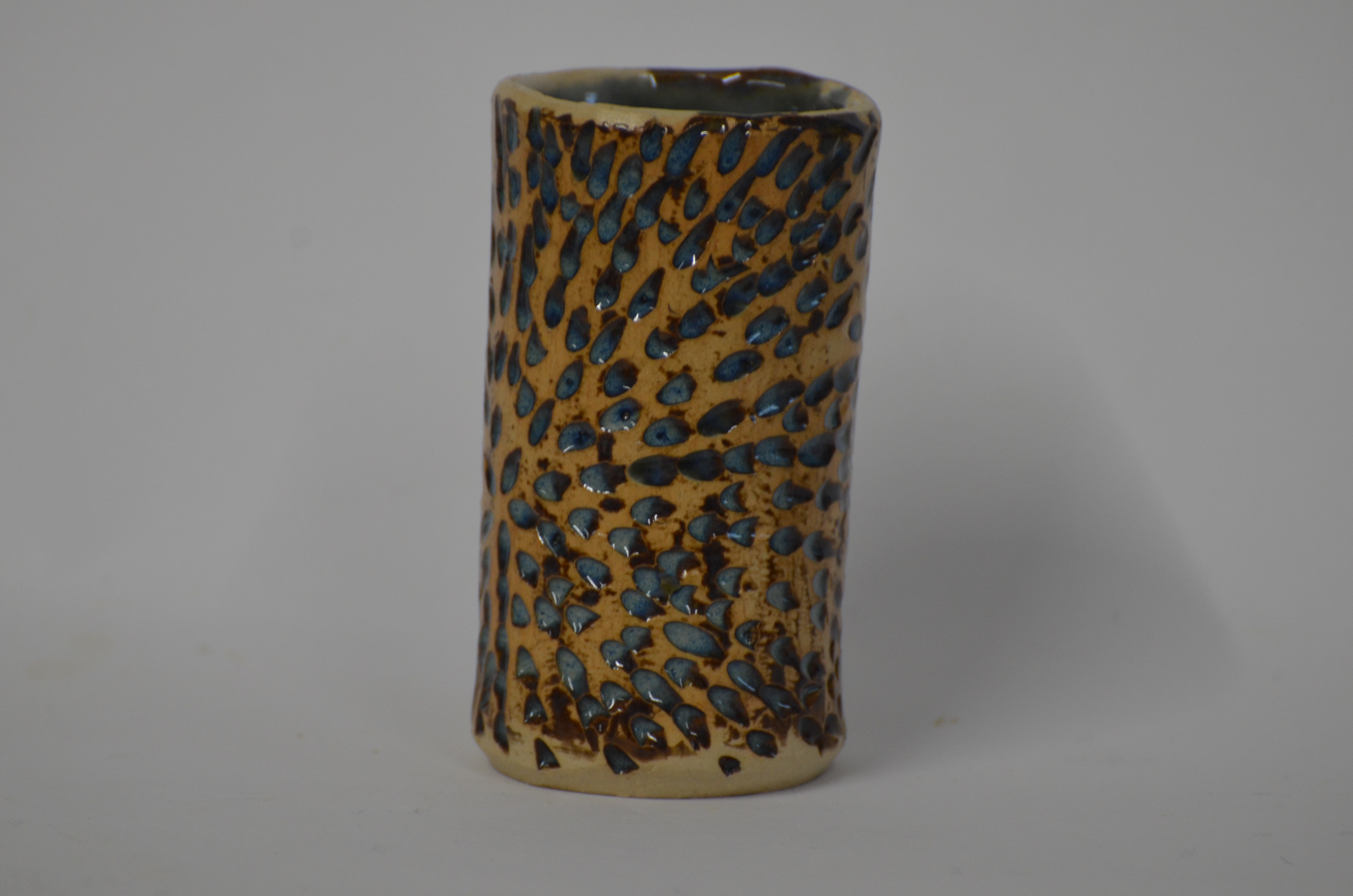
The pot was dipped in Blue Rutile Glaze which was then rubbed back to leave little pockets of glaze in the texture only. The effect was not only blue in the texture but a lovely warm hue to the rest of the pot
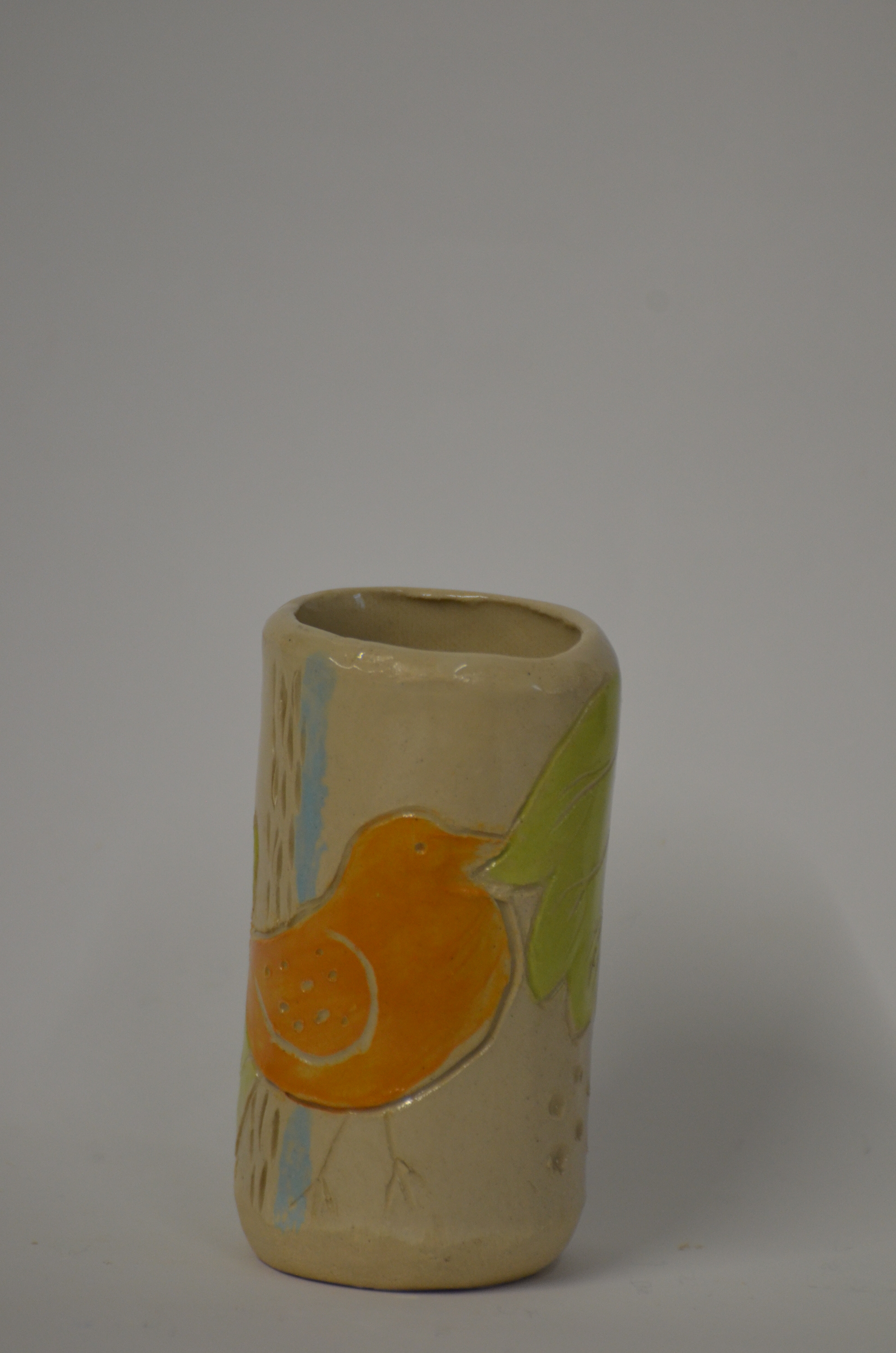

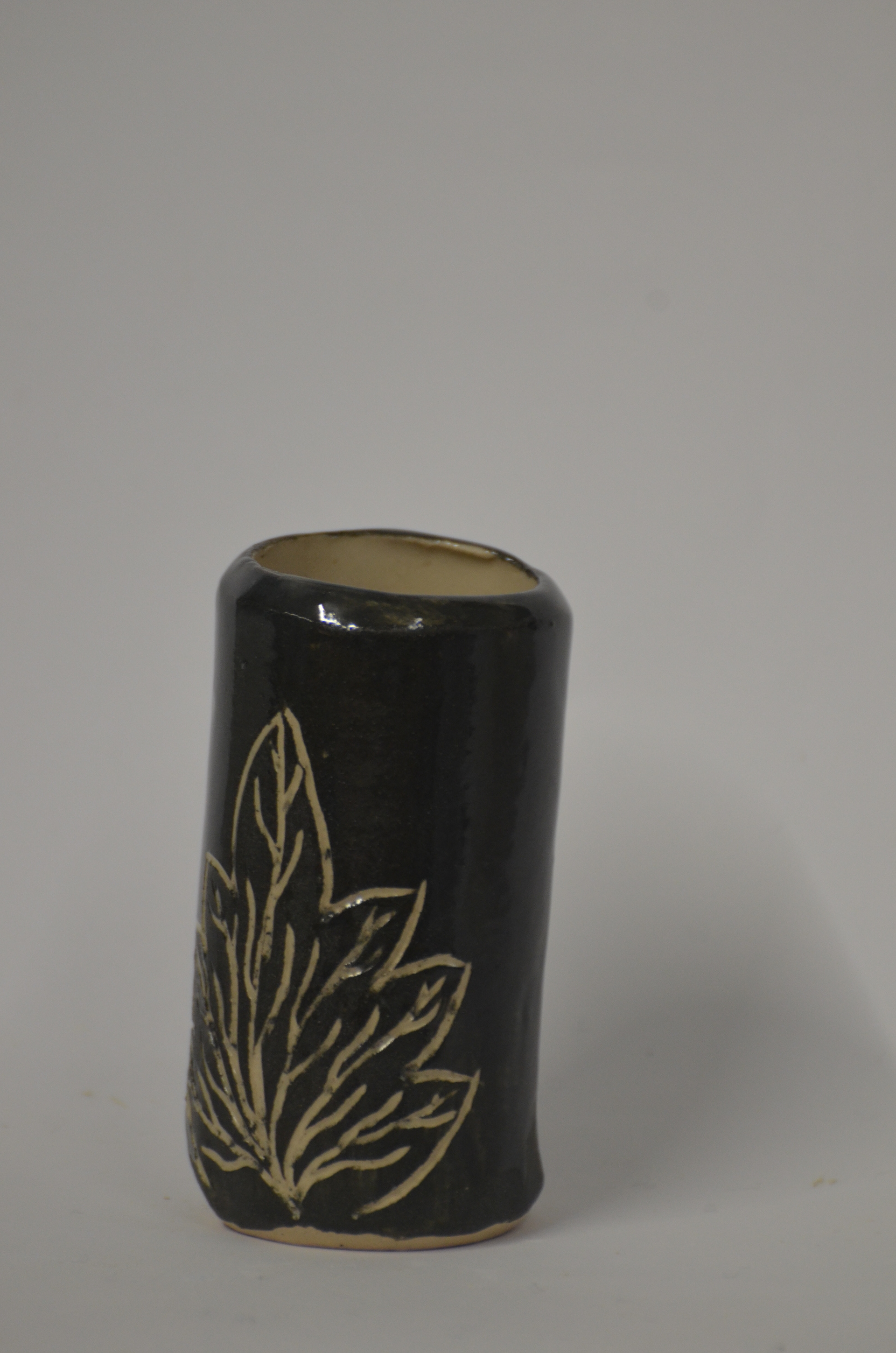
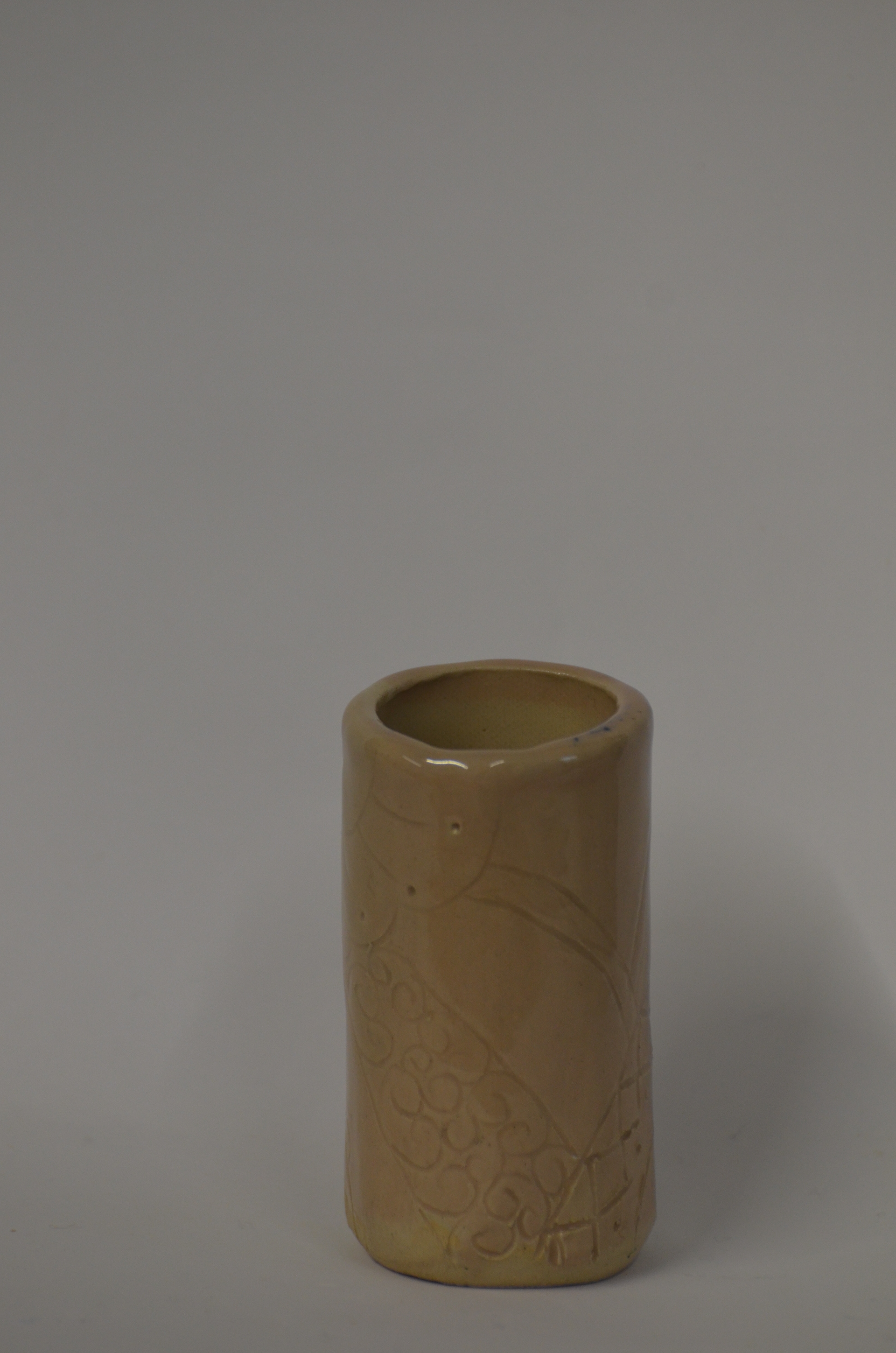
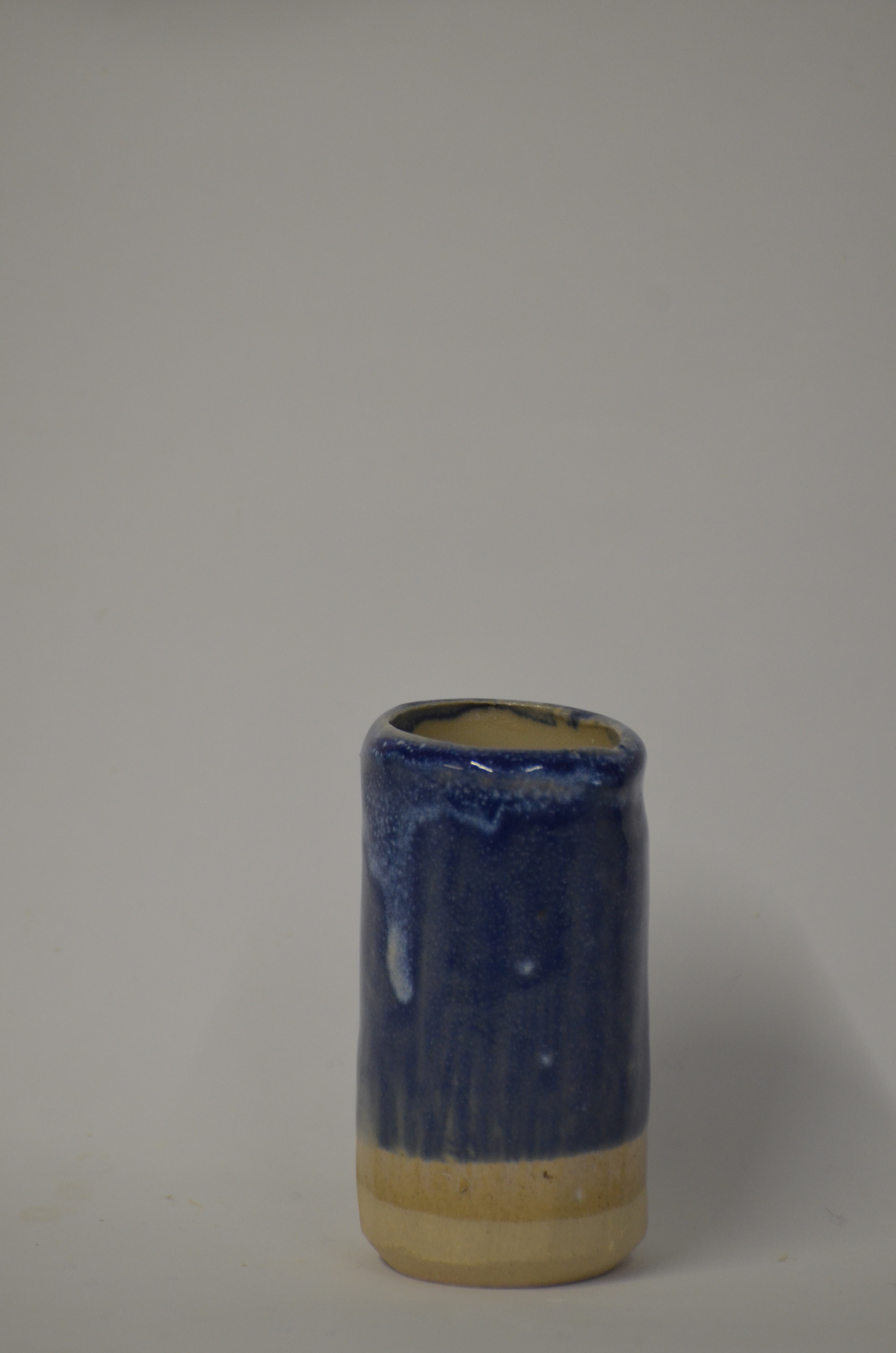

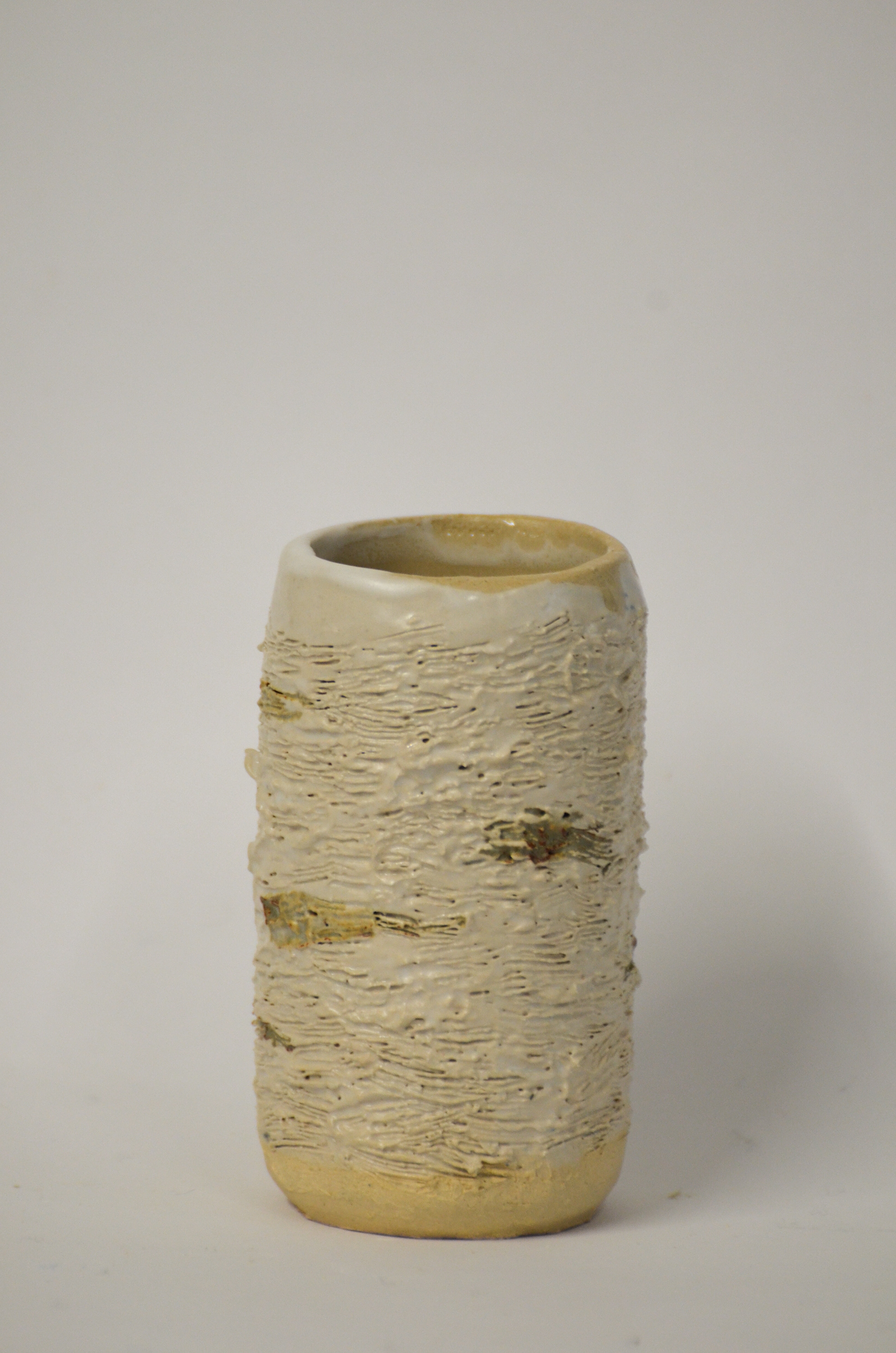
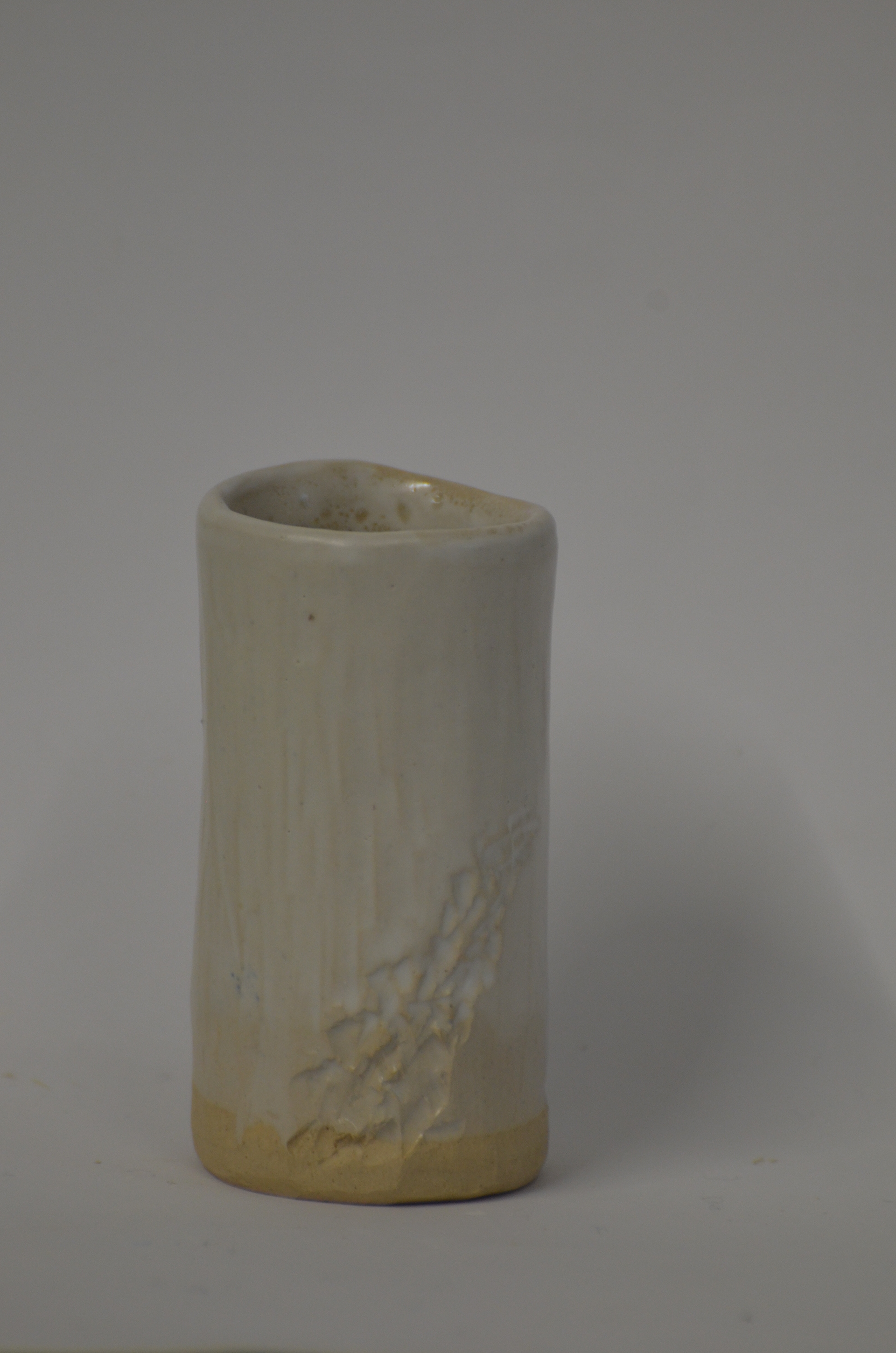
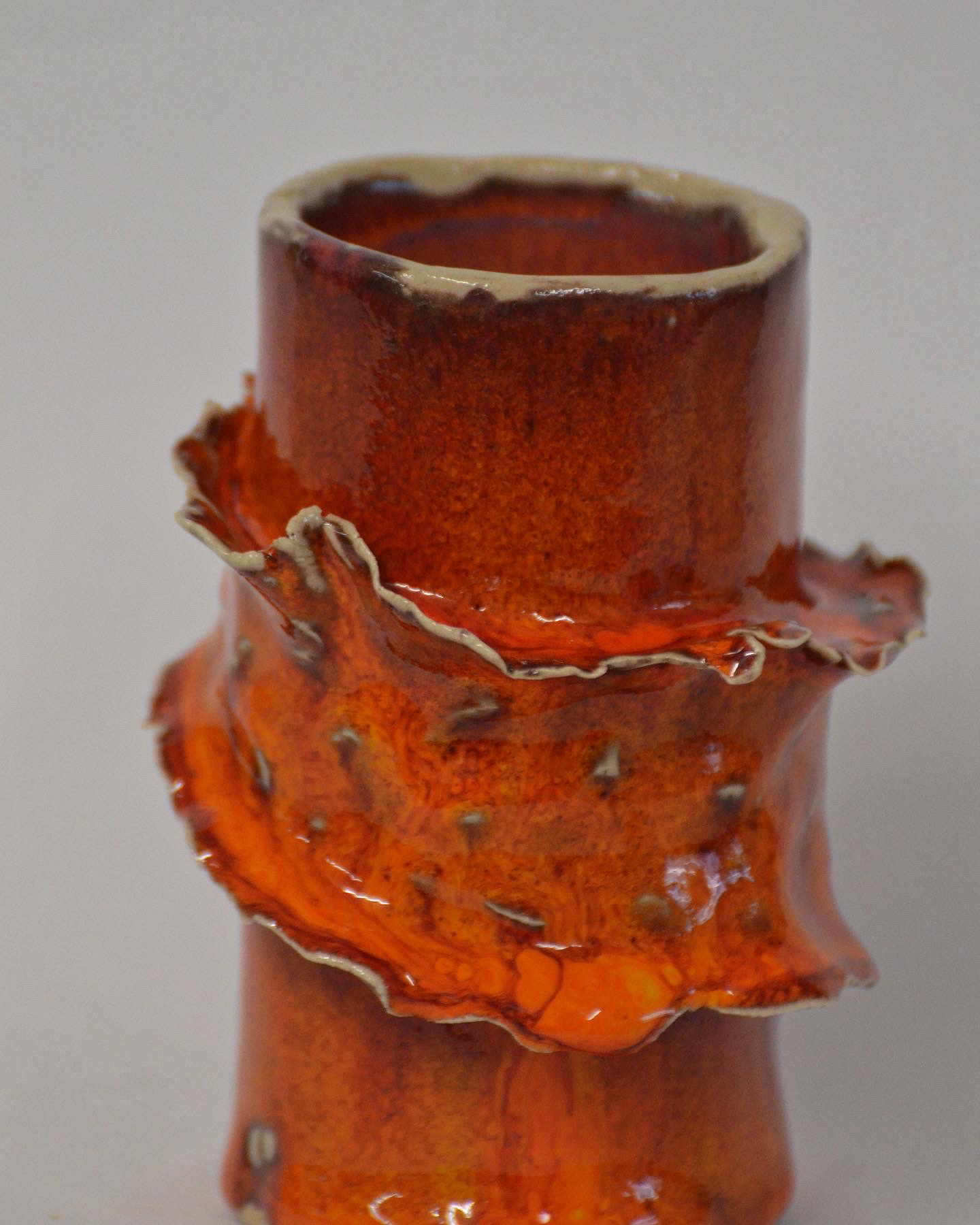
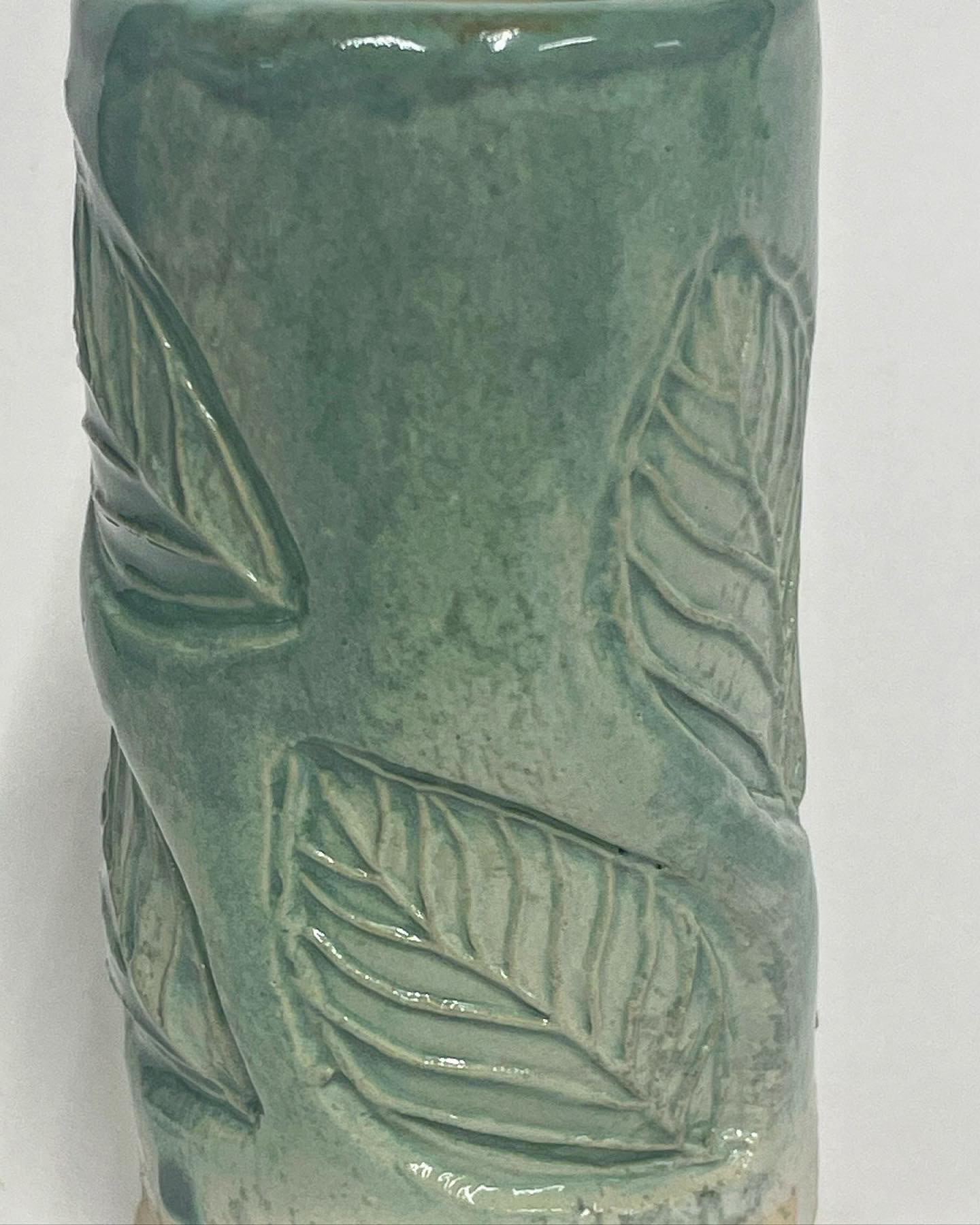
This series of pots were imprinted with my own hand made bisque fired stamps and then glazed with various AmacoBrent Glazes.

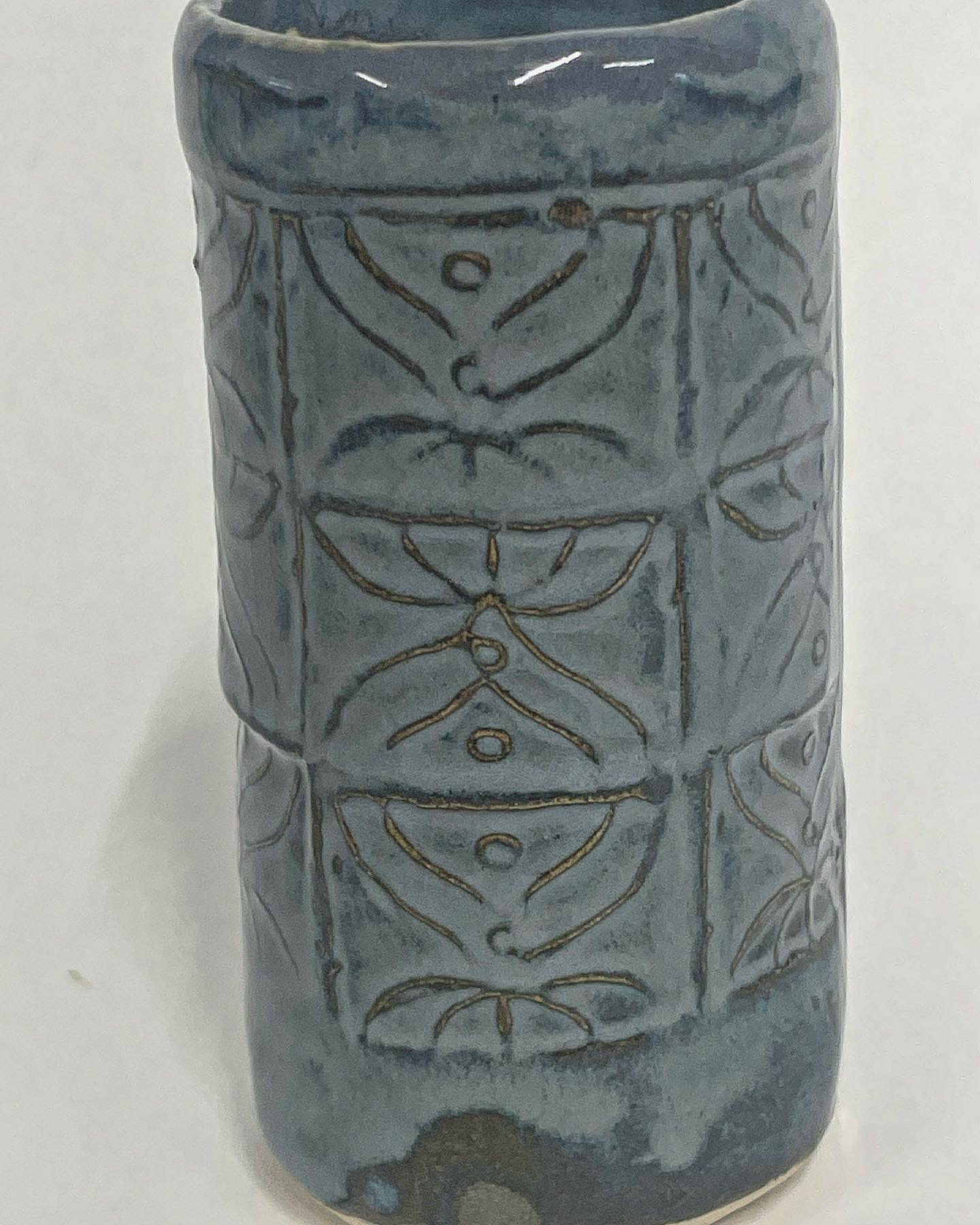
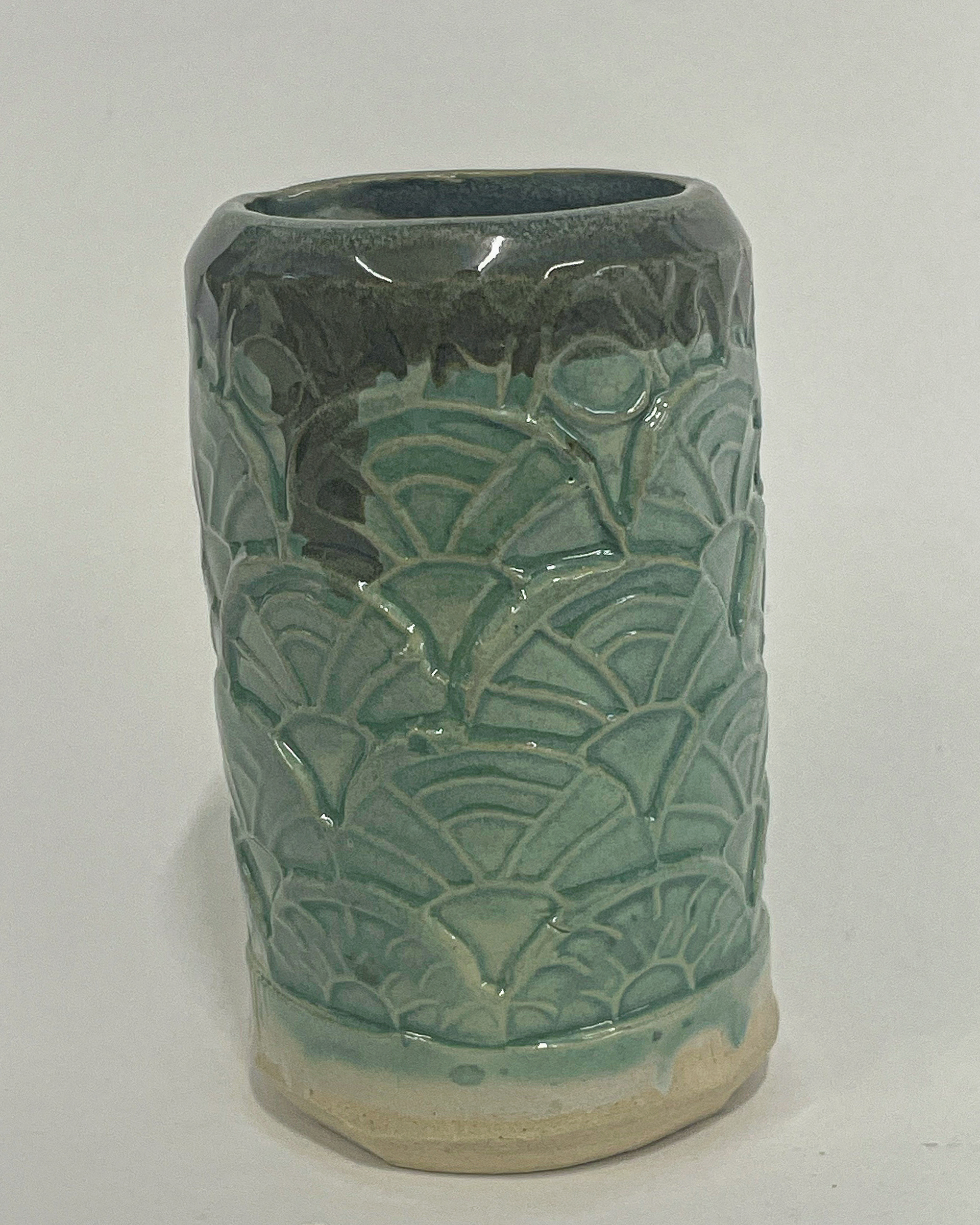
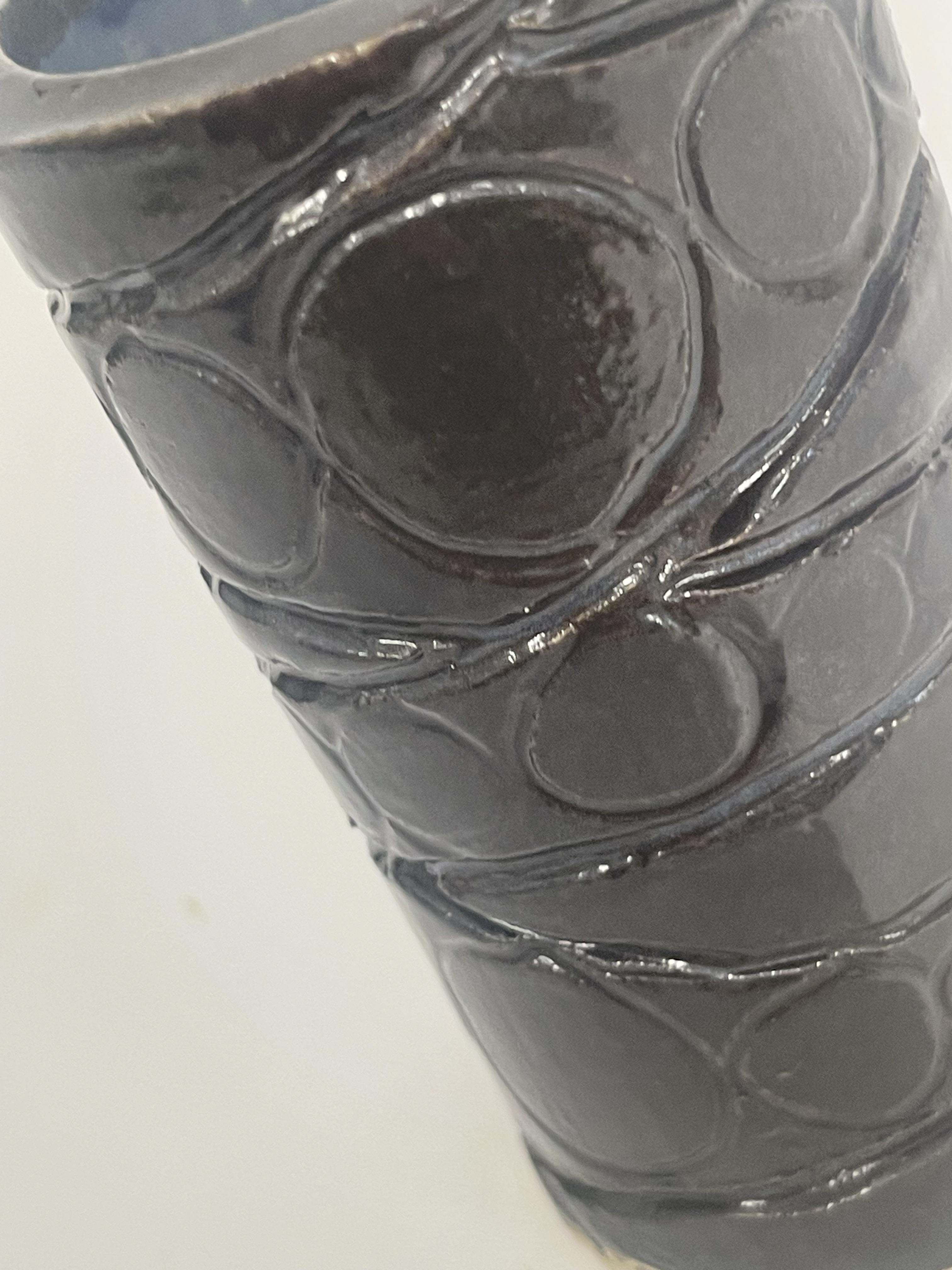
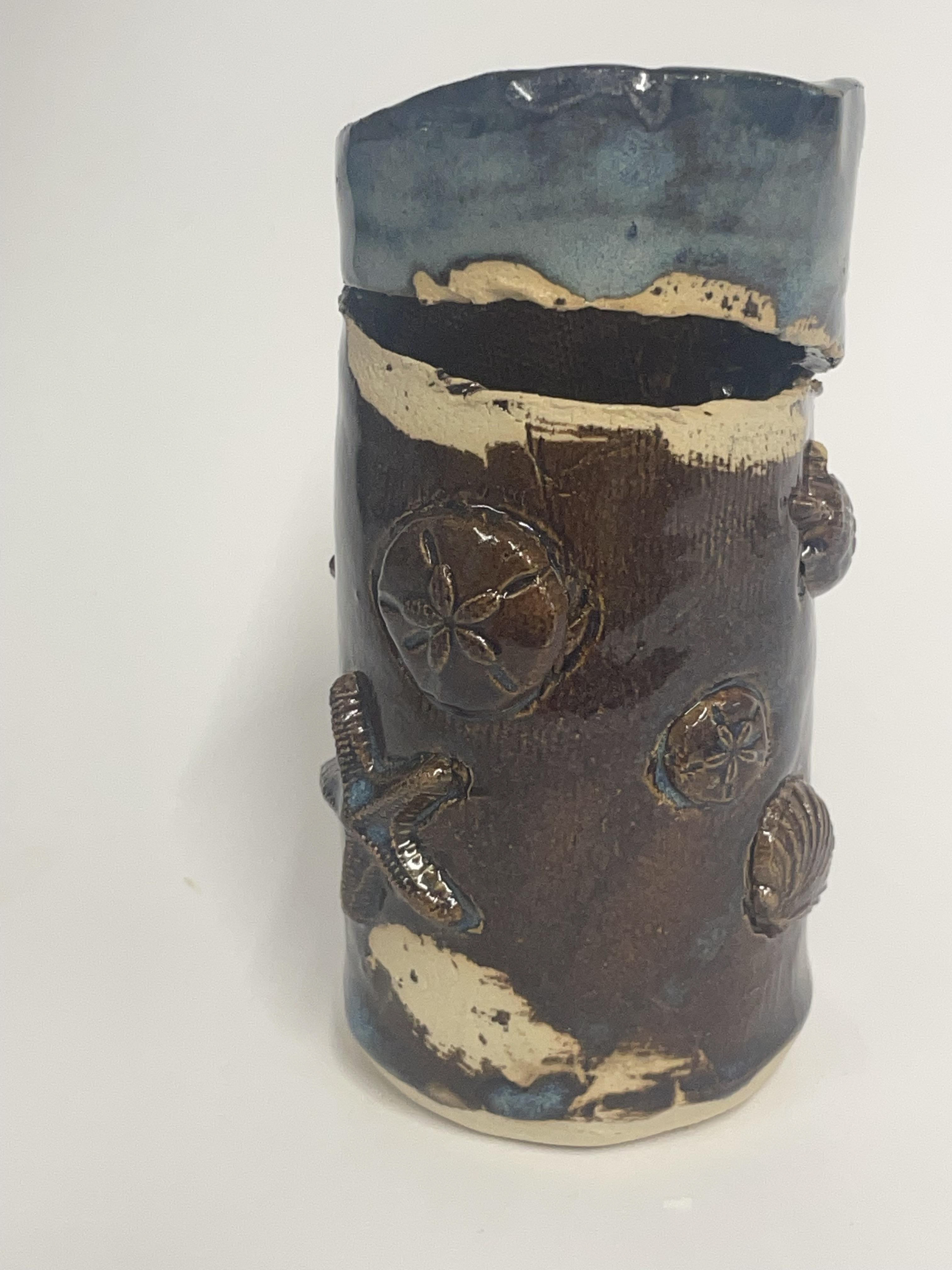
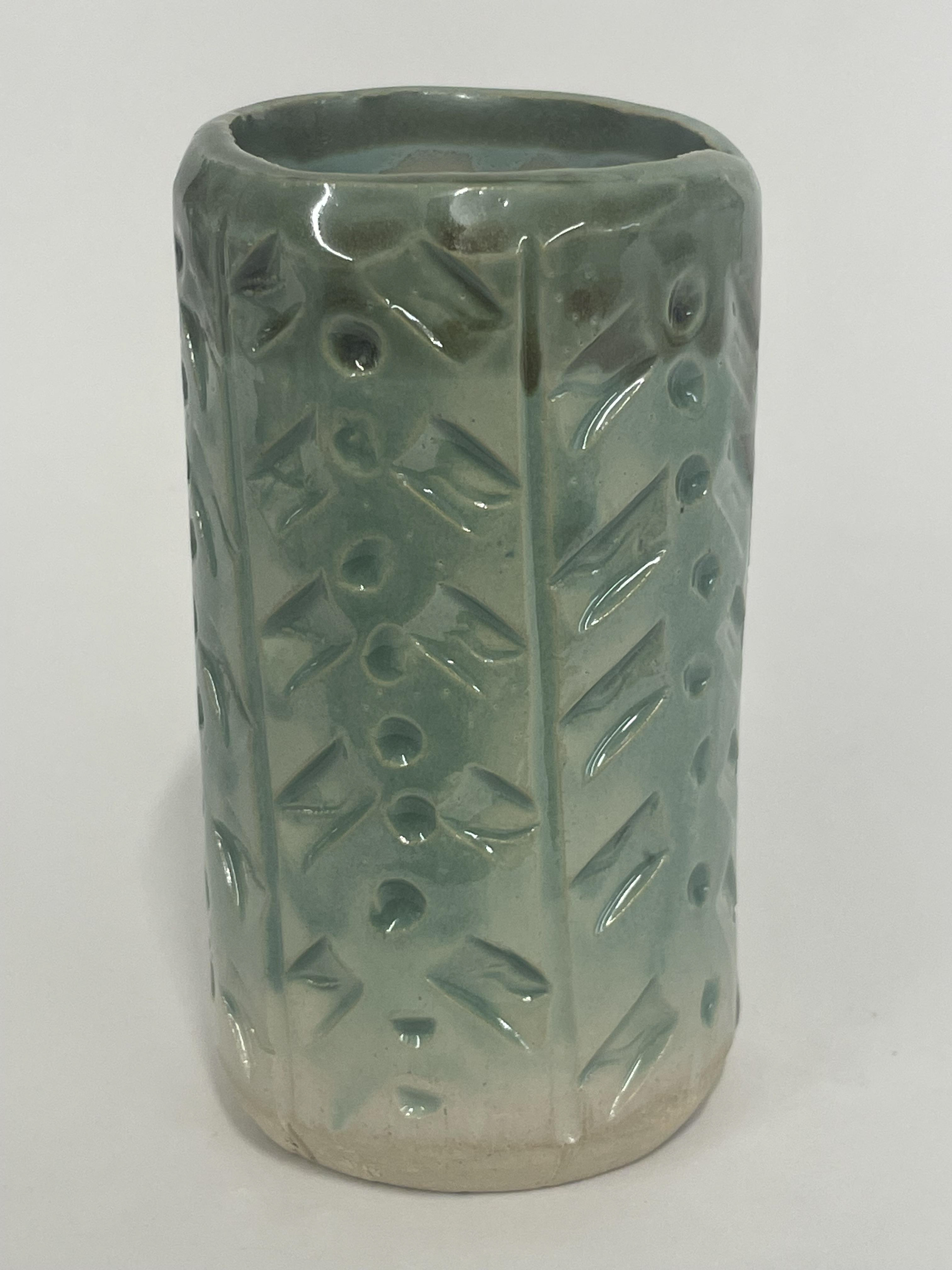
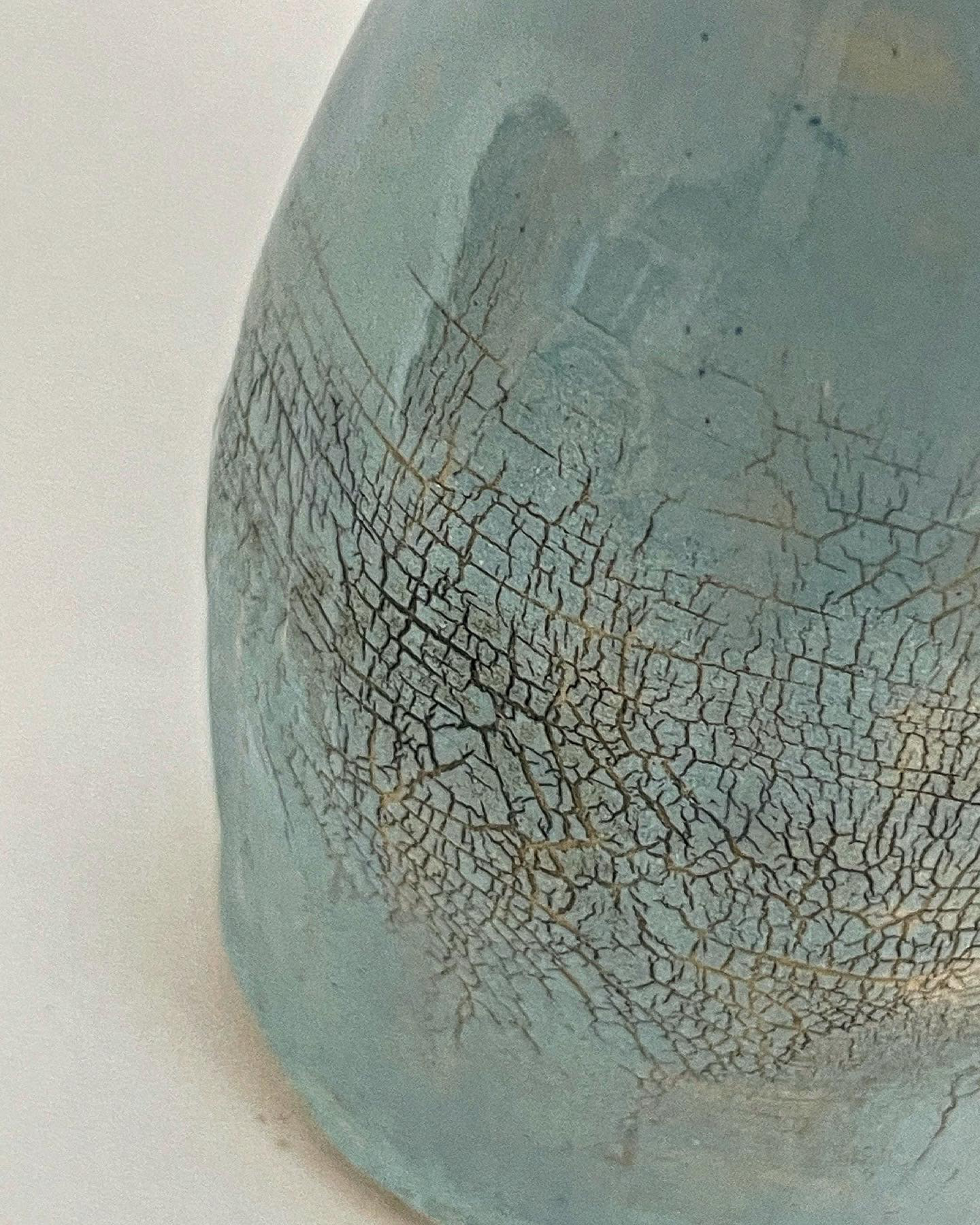
Once a slip had been applied to the pot a coating of Sodium Silicate was added. Once dried the pot was manipulted and stretched to create this cracked effect in the slip.
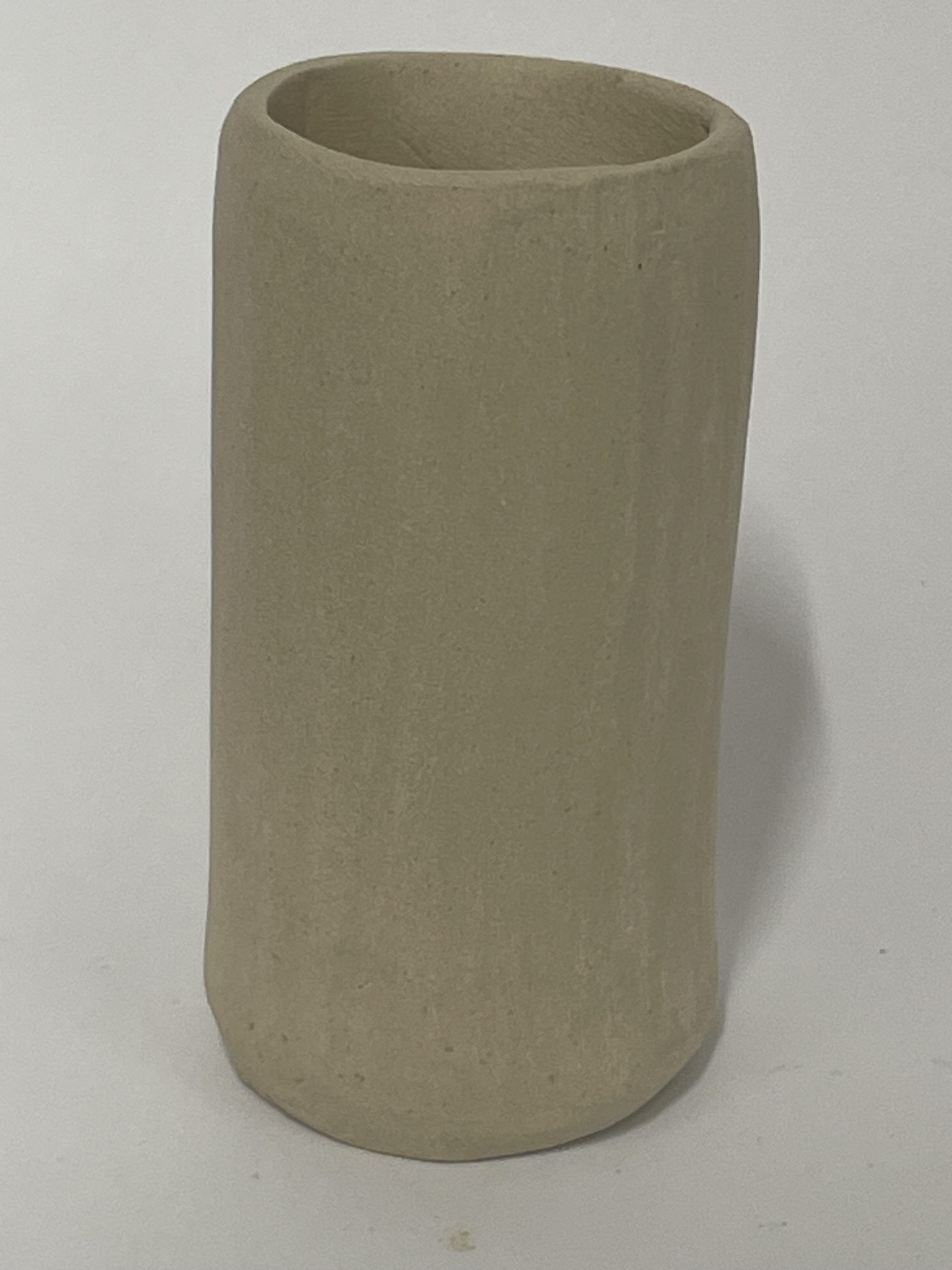
I got so far with this project before I realised I should have one pot devoid of any texture or glaze.

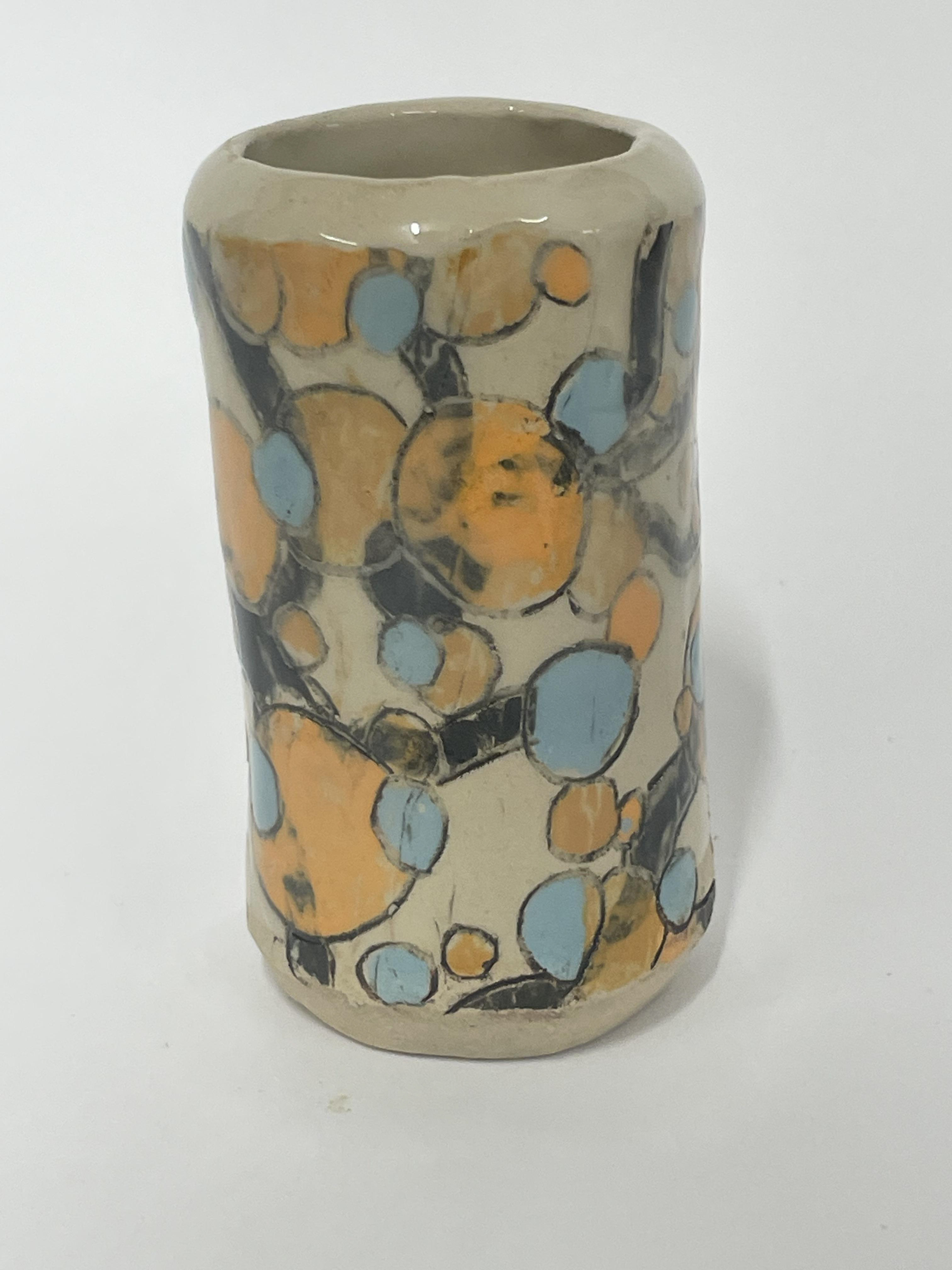
Slips were applied via newspaper in a printing technique.
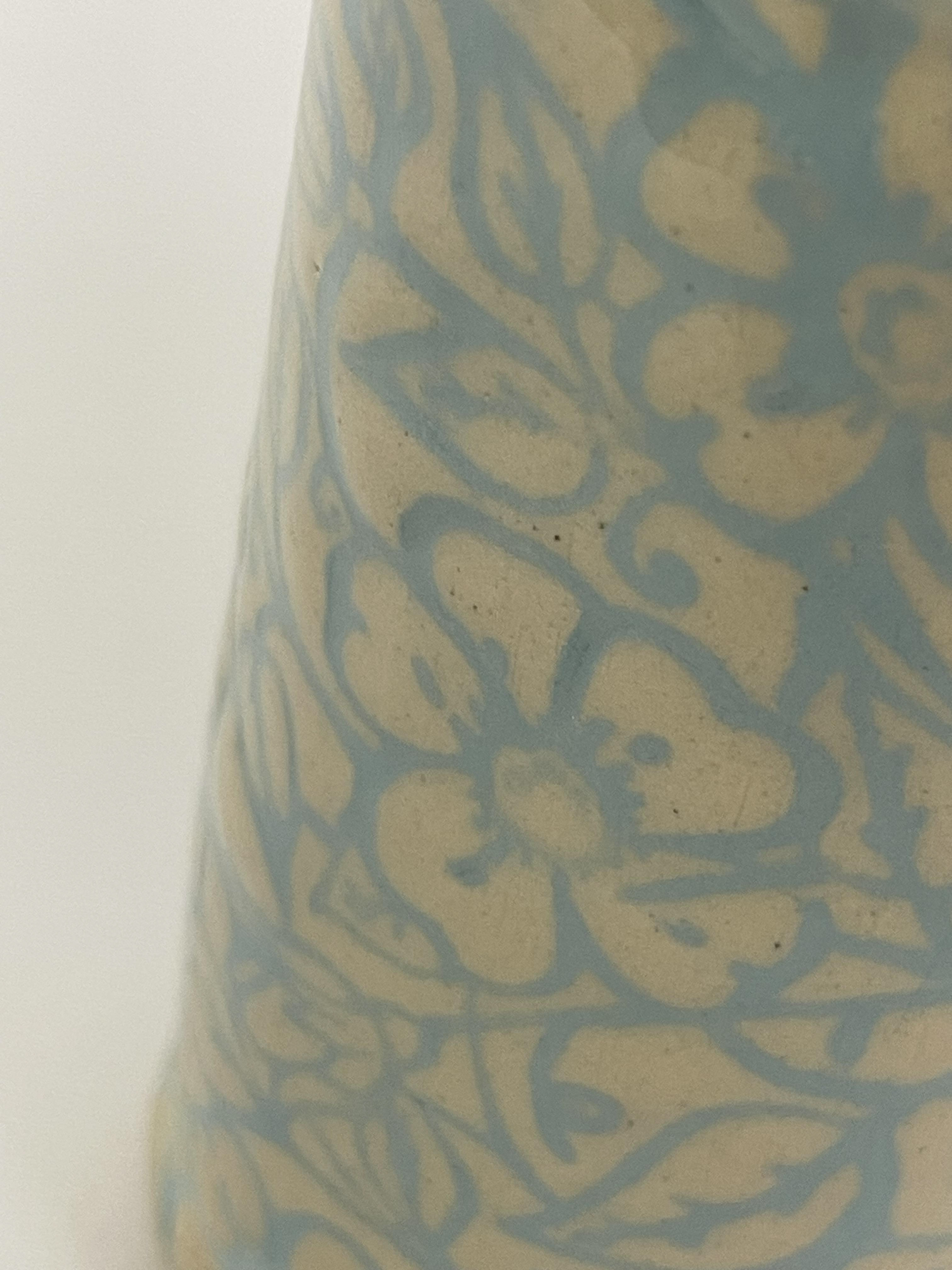
This looks similar to the Mishima technique but rather a stamp was applied and then a layer of skiip. Once dried the slip was shaved back until the imprint showed.
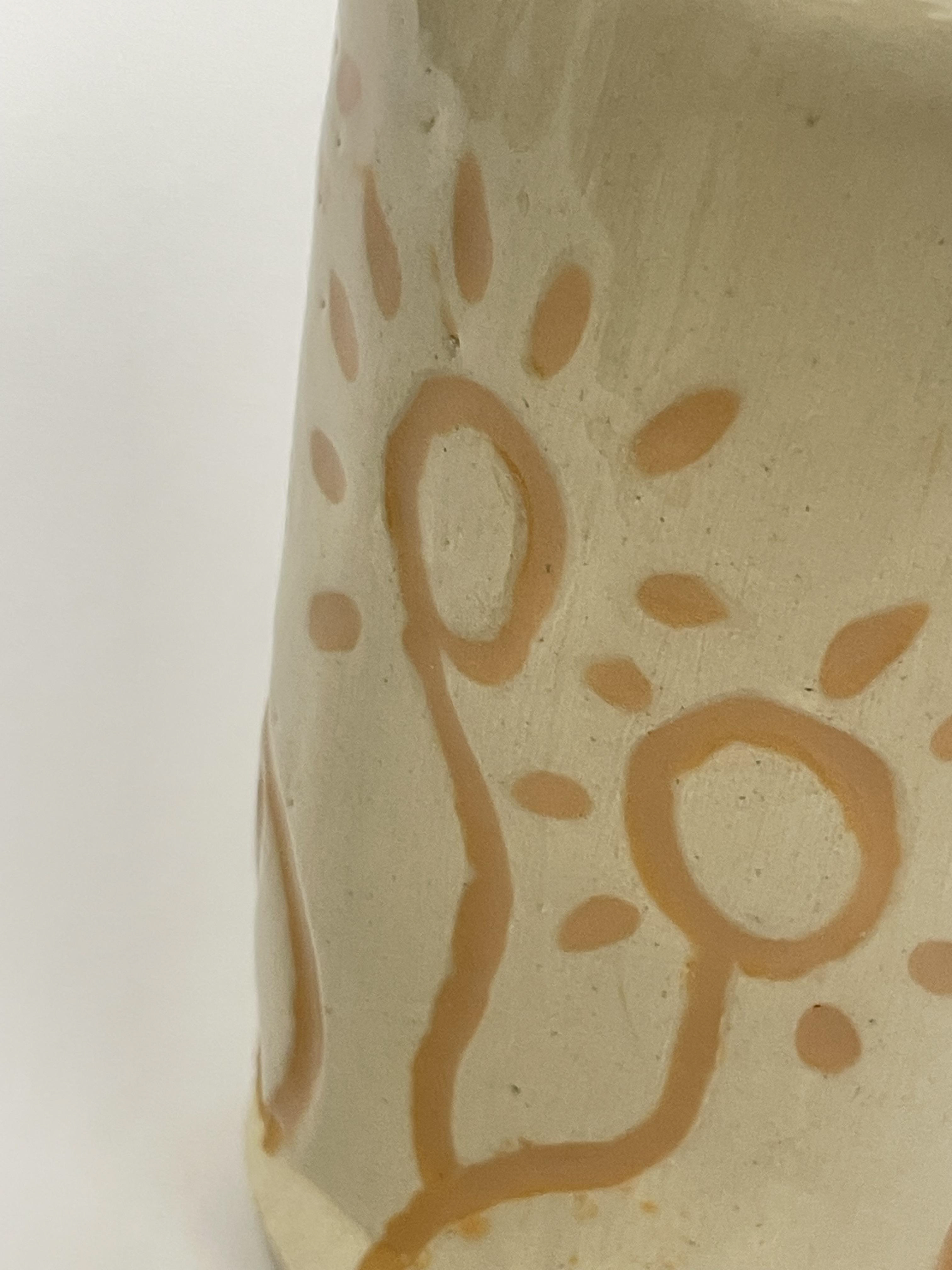
This was achieved with a technique known as Mishima. A coat of Wax resist was applied over a coat of white slip. Once dried it was carved into and then another clip applied which when rubbed back stayed only in the carved out areas.
